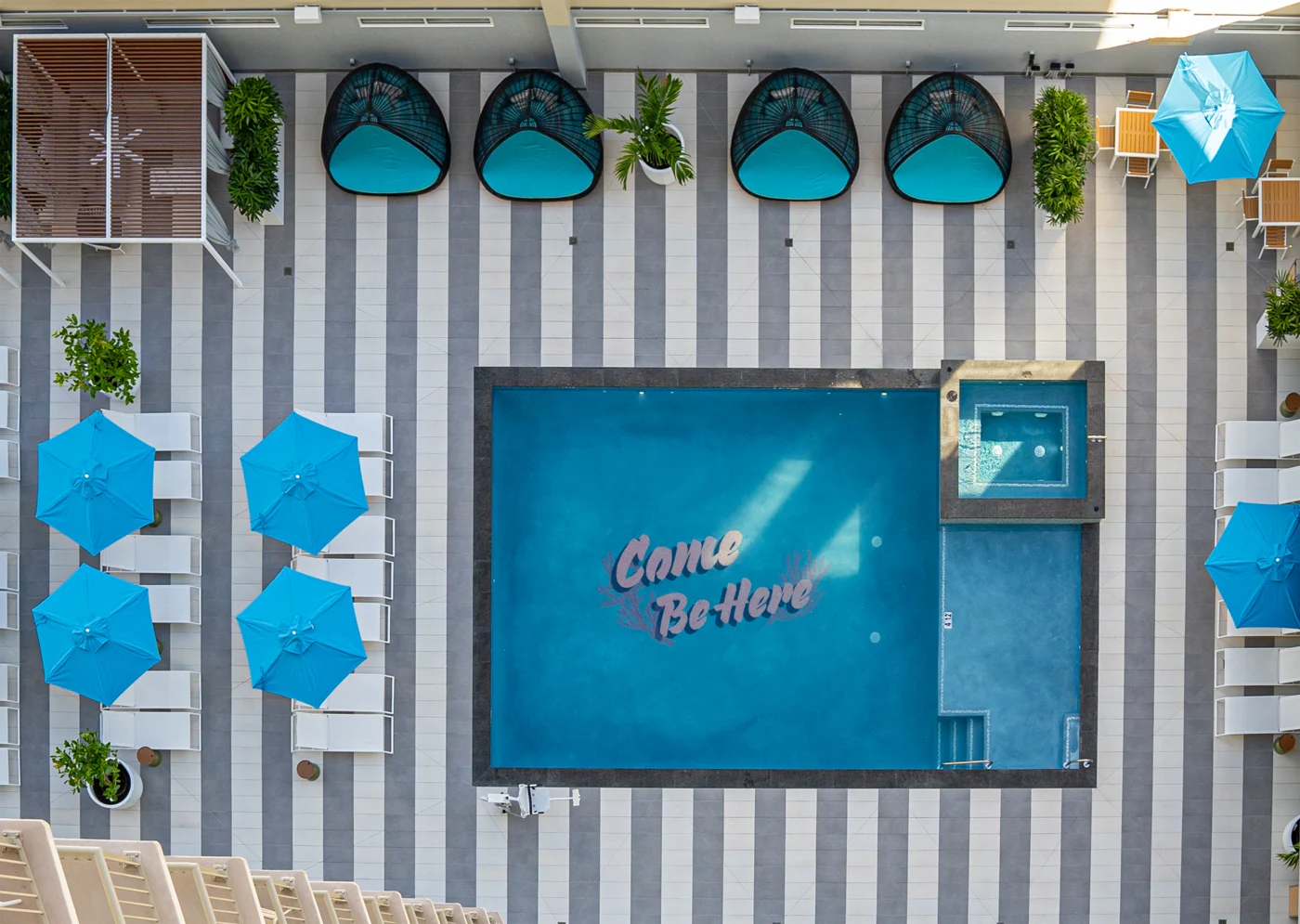
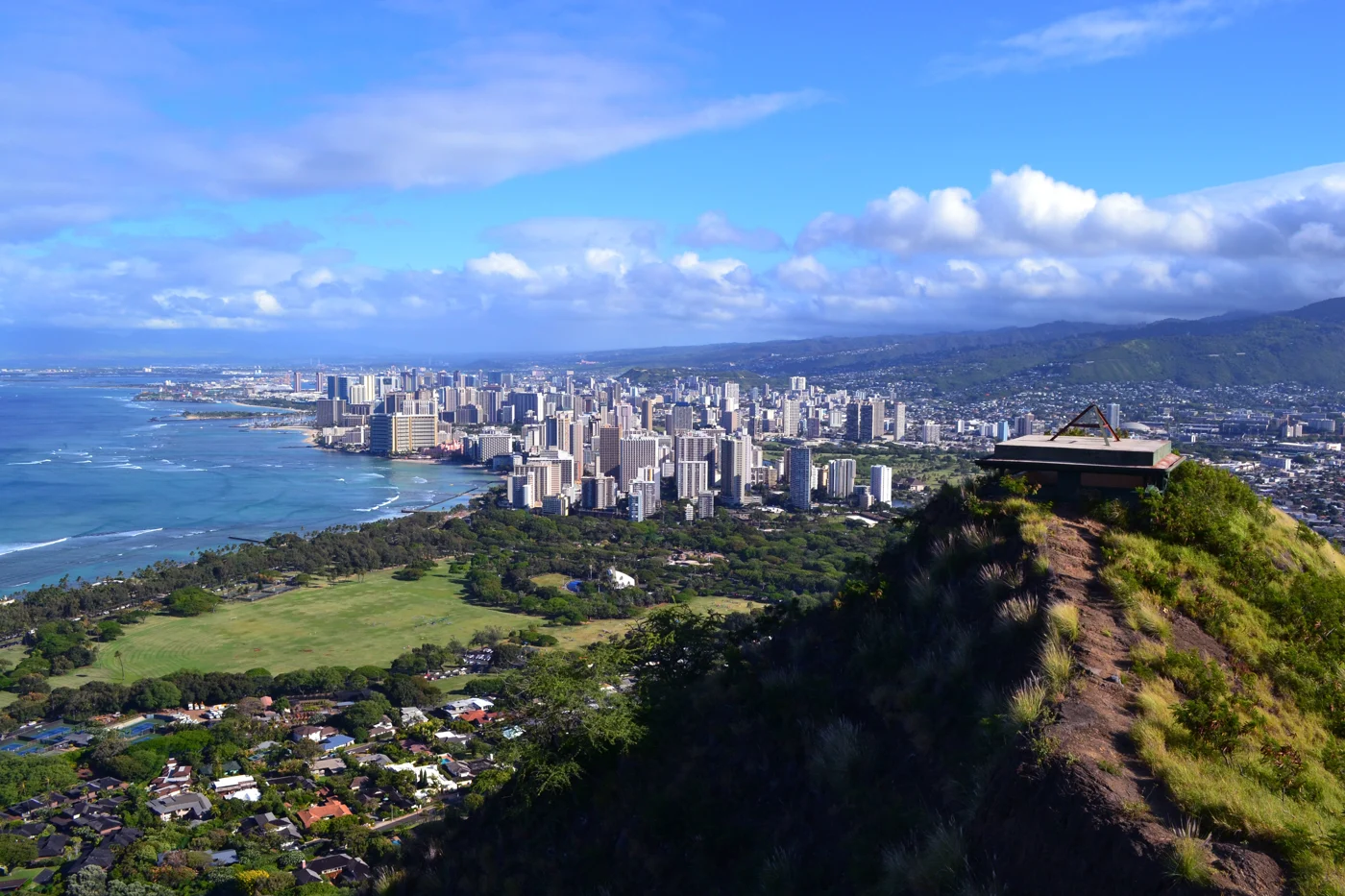



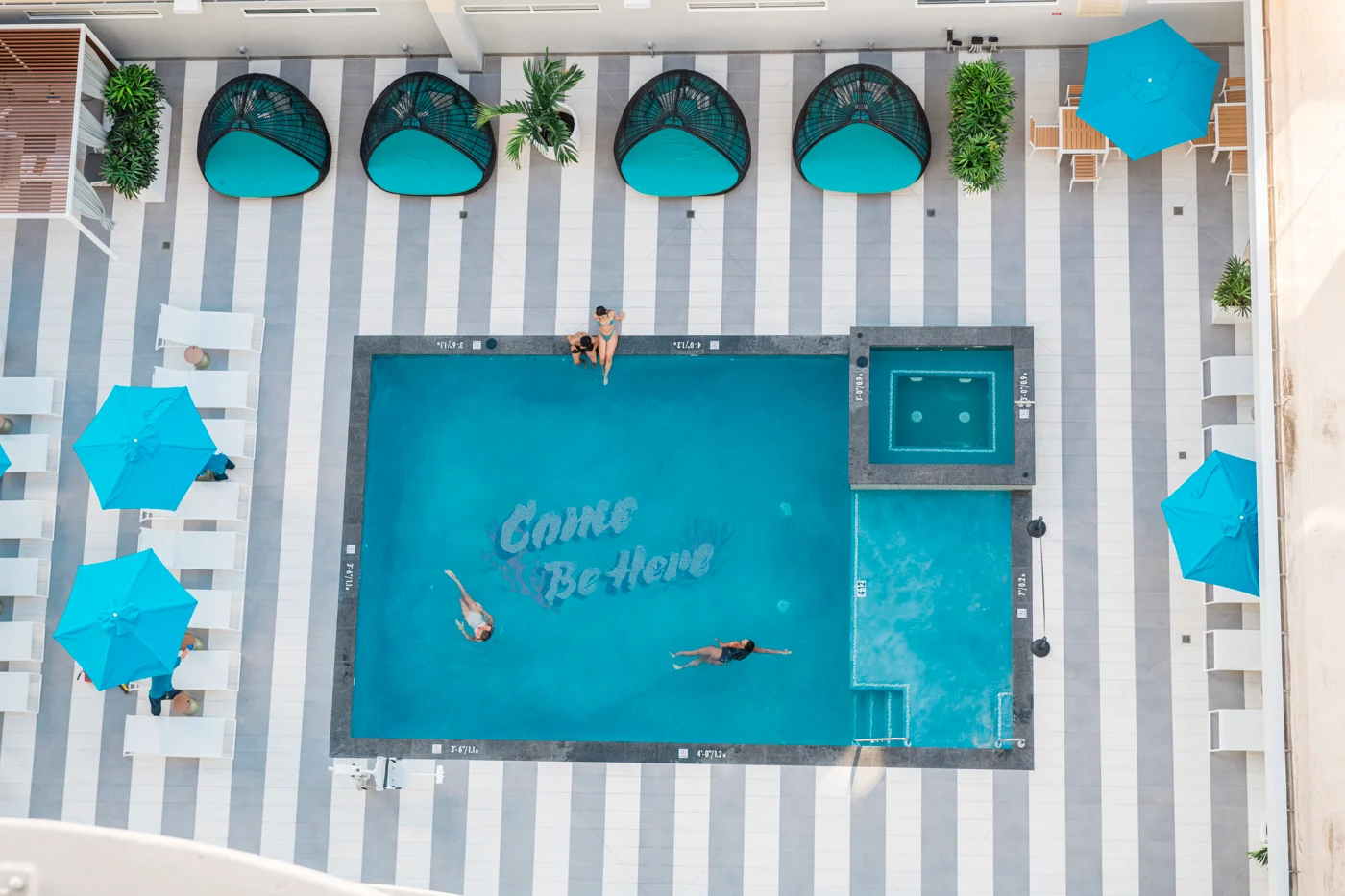

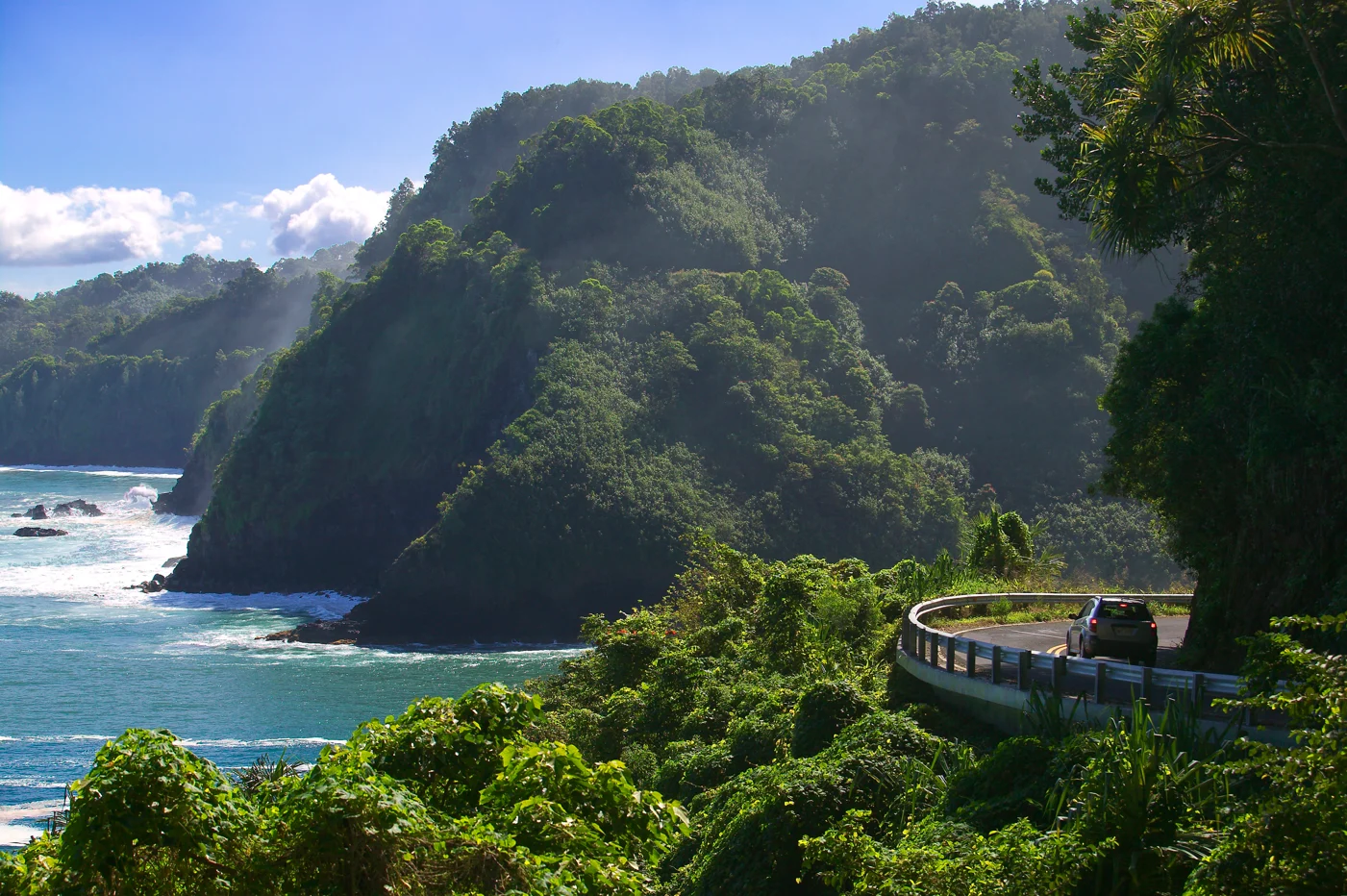
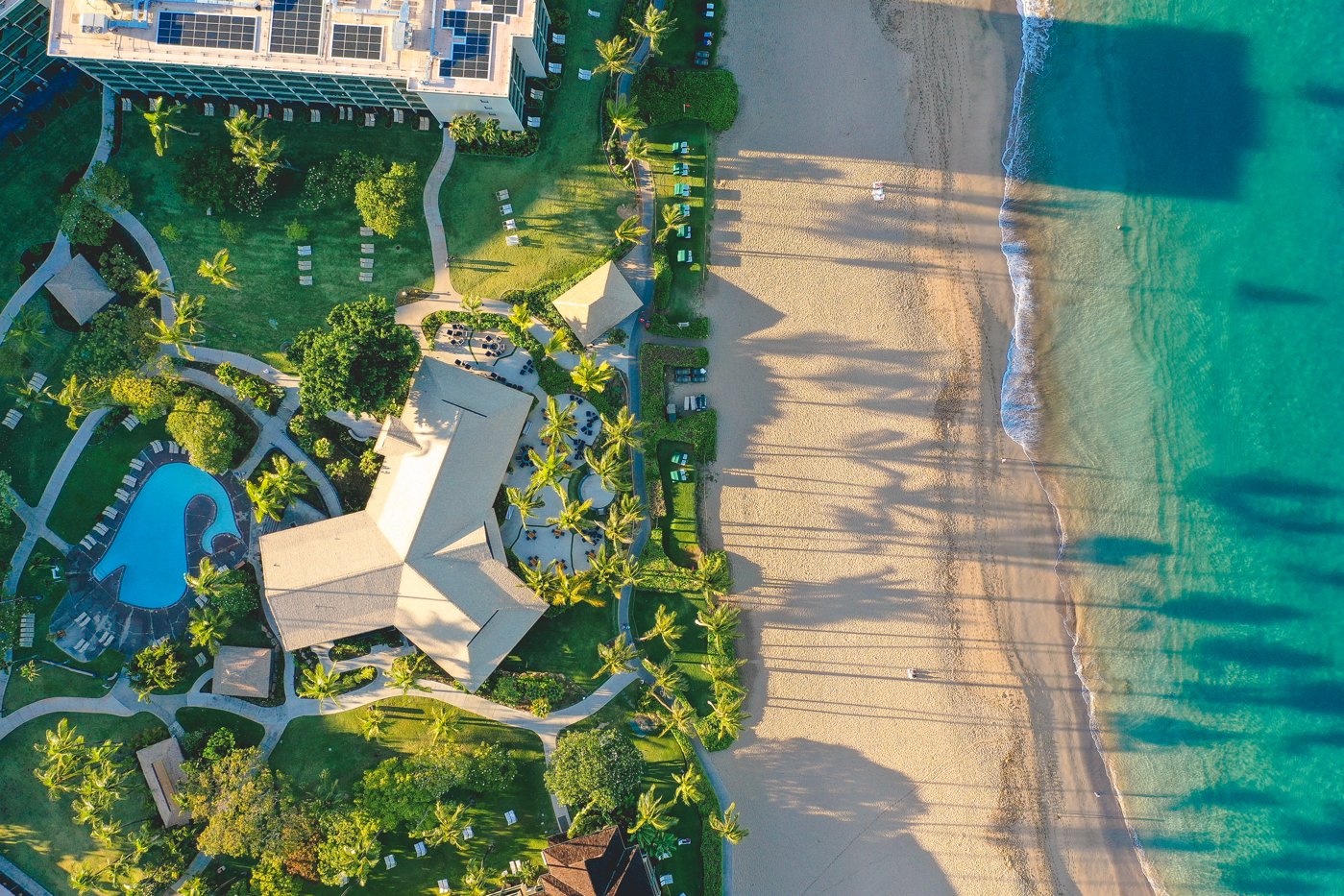

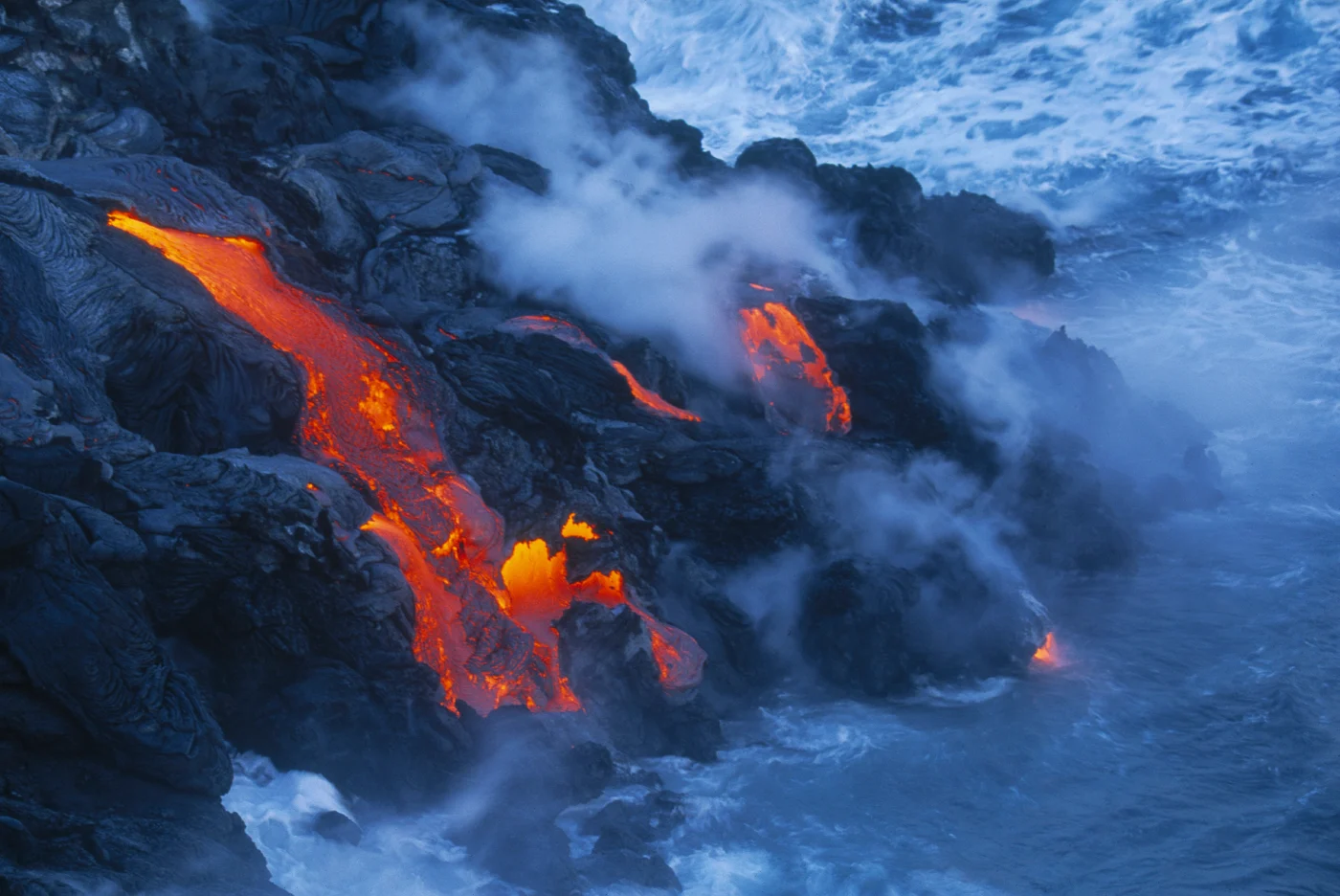
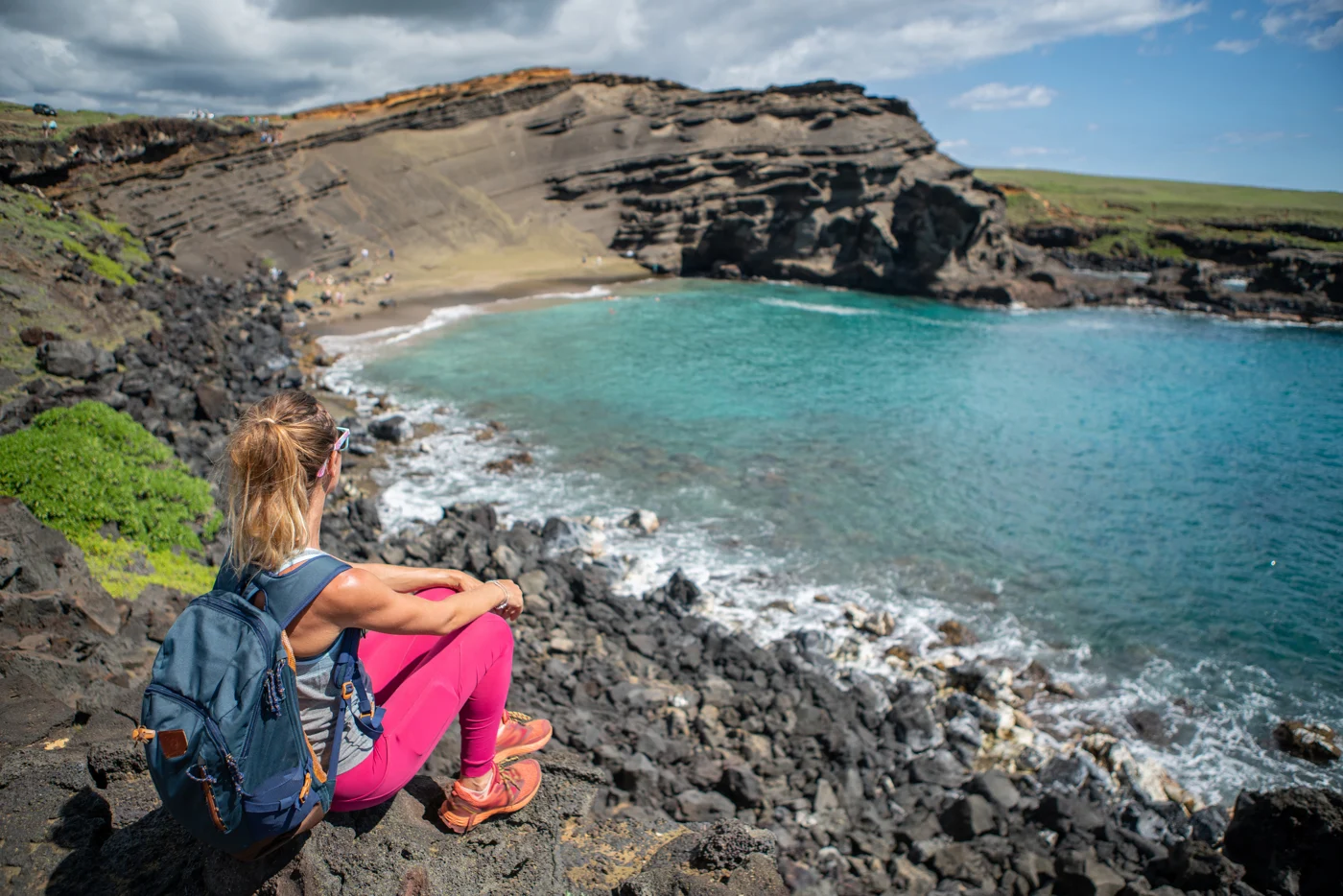
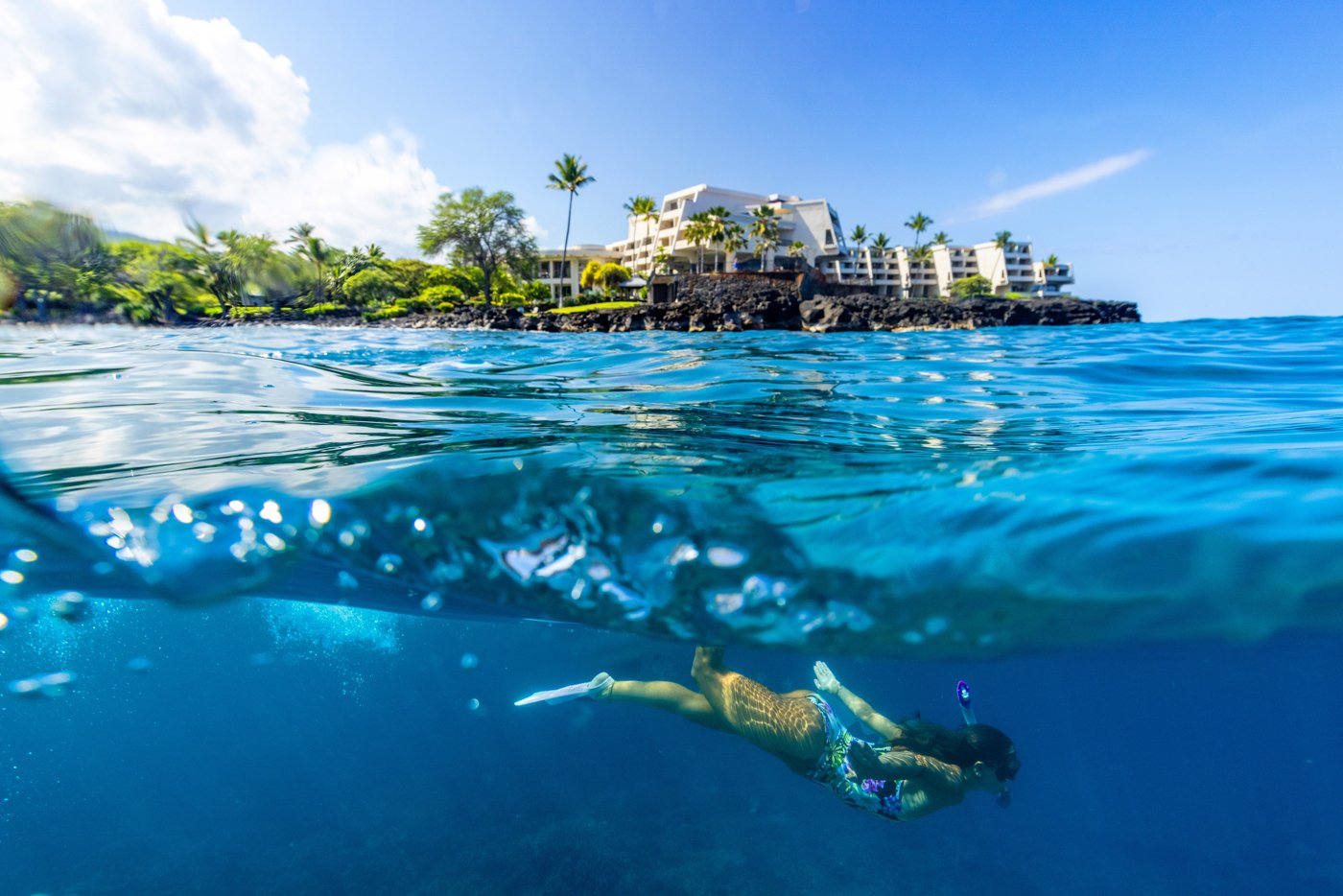
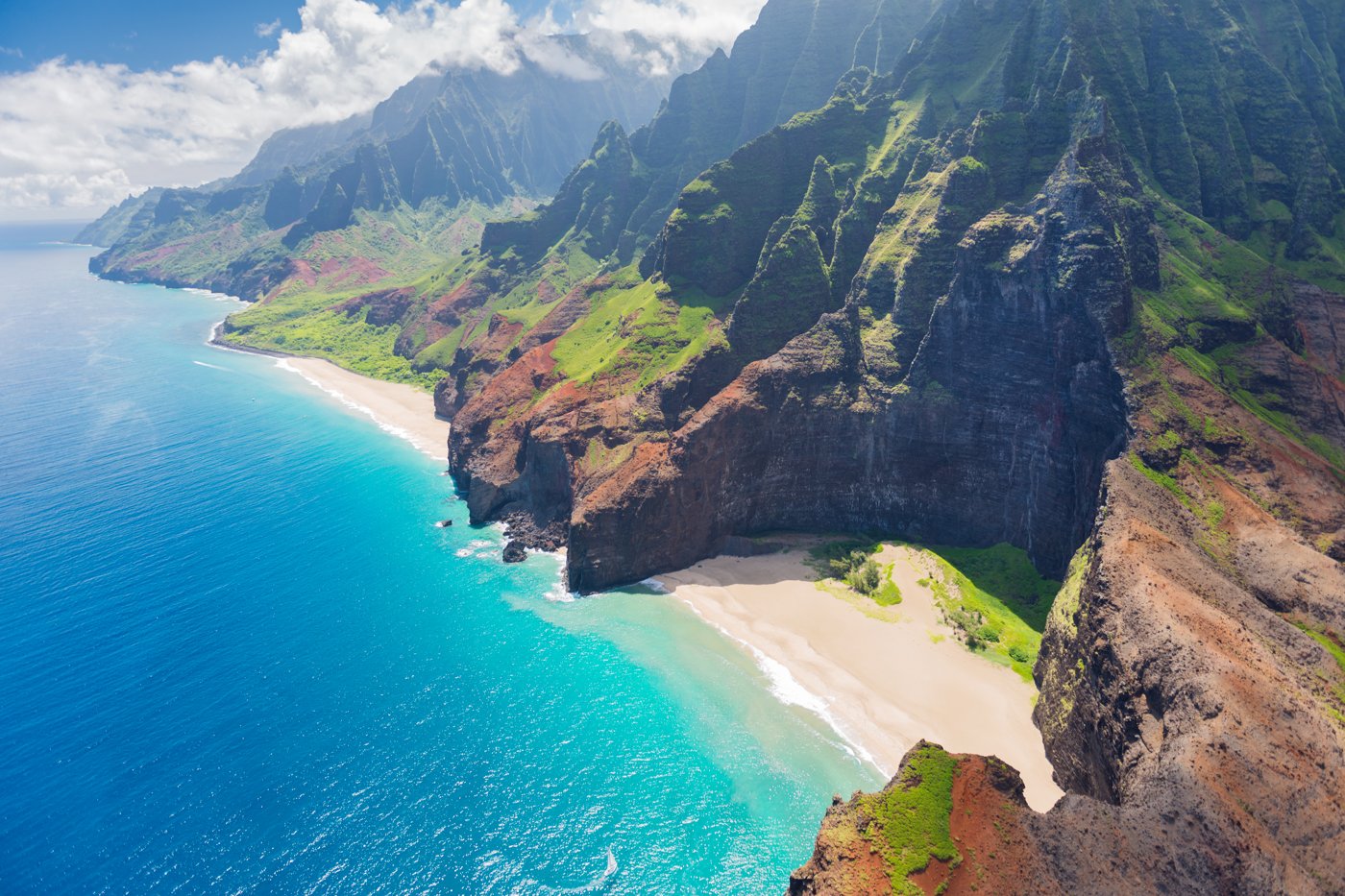
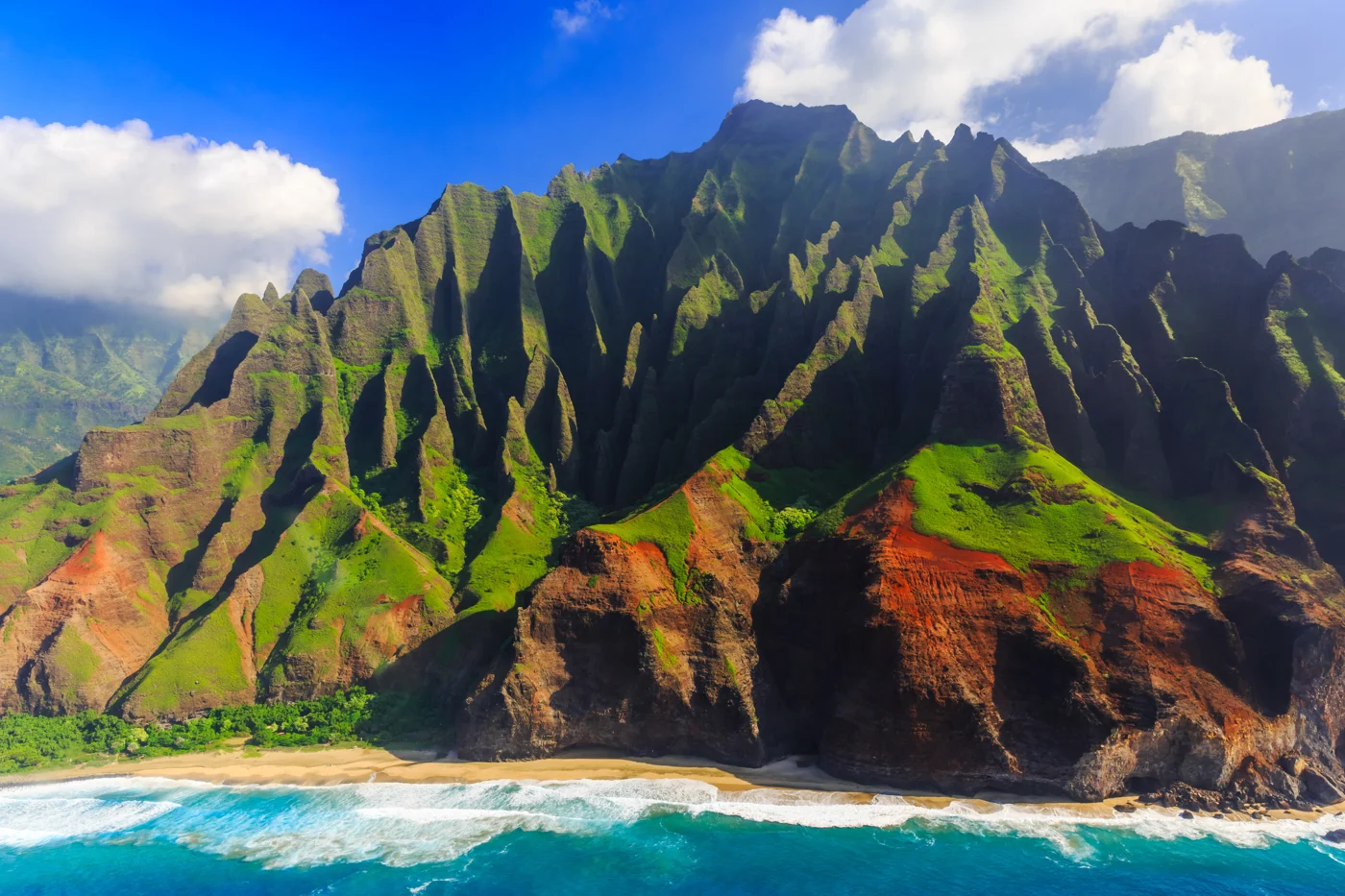

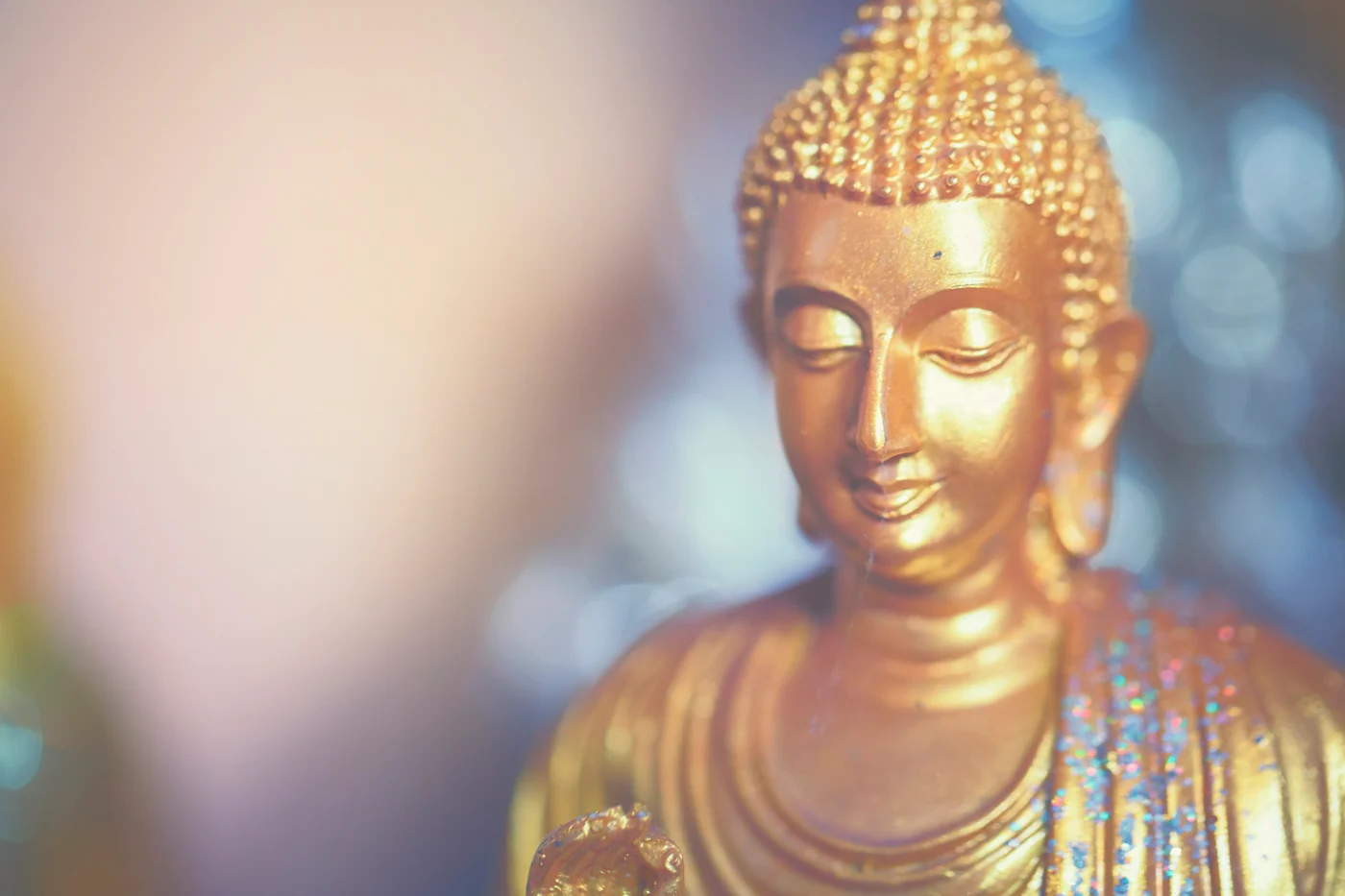
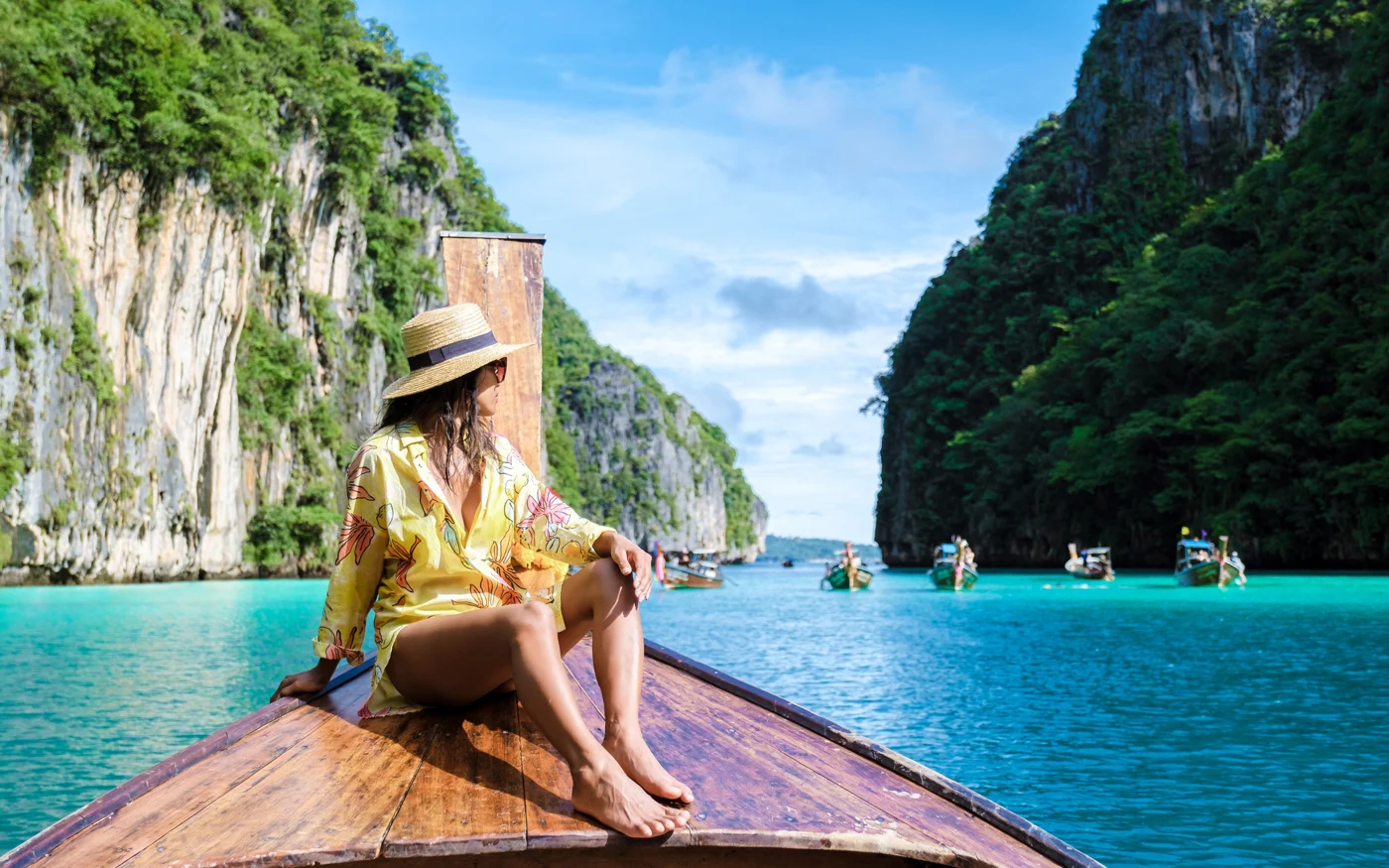



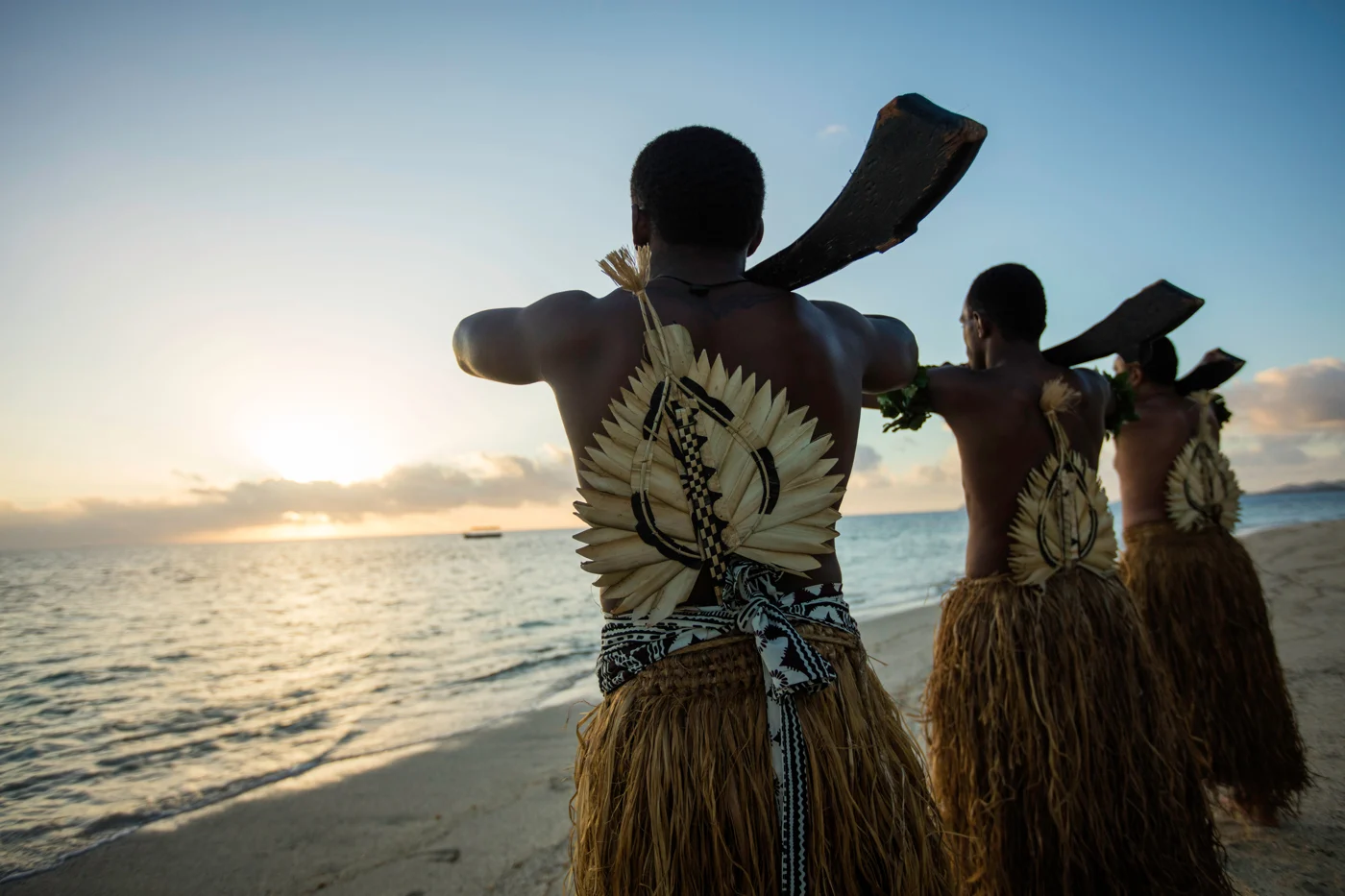
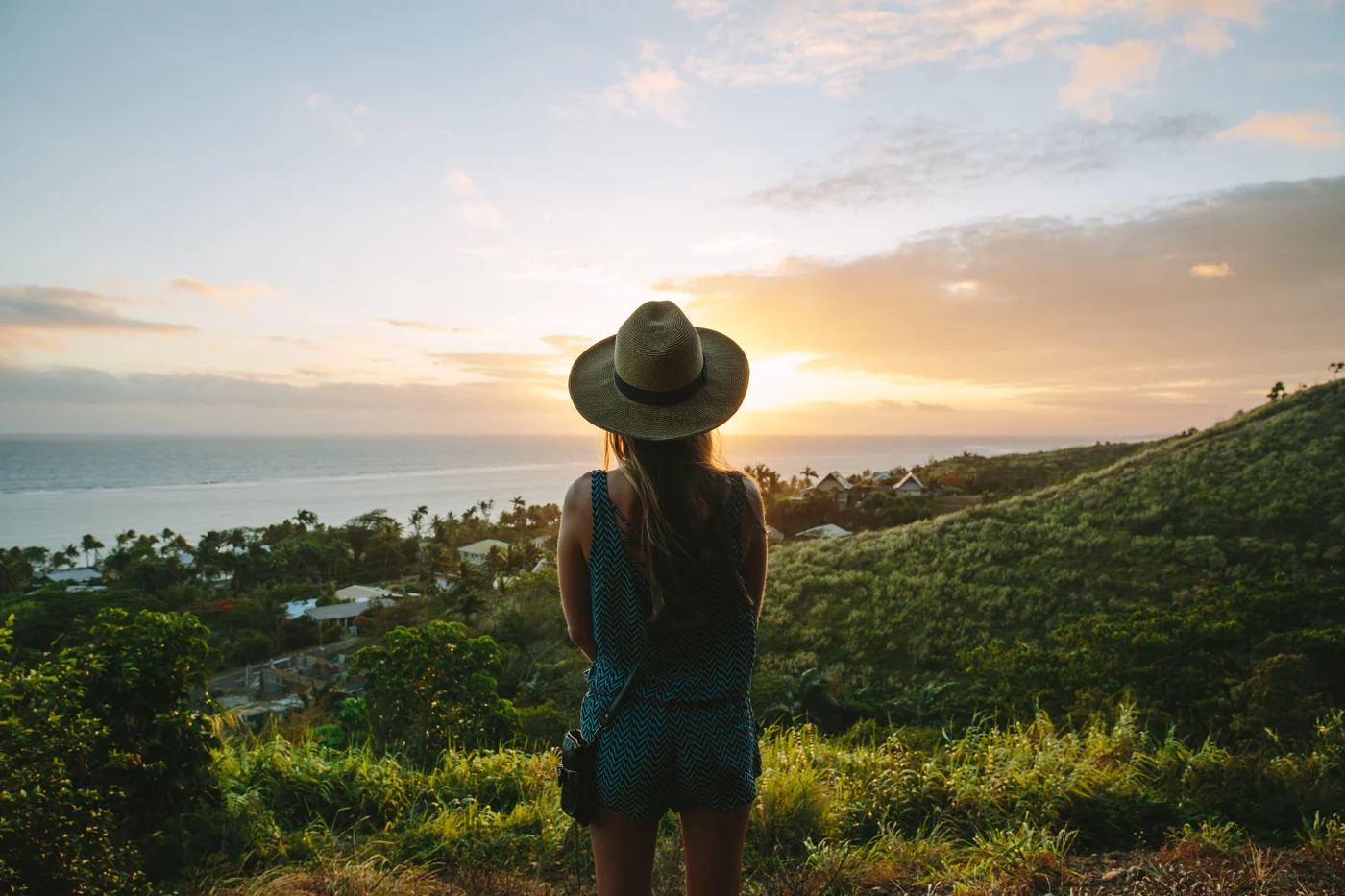

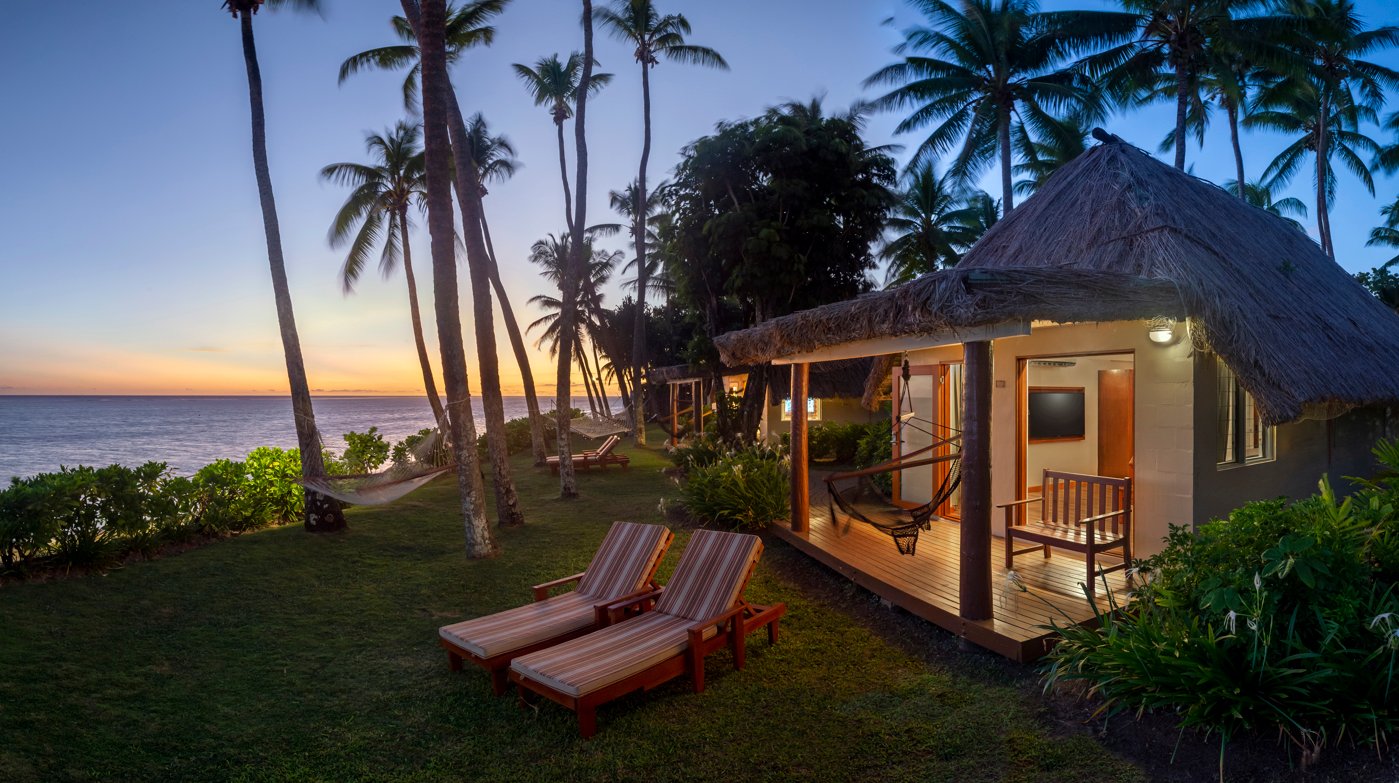

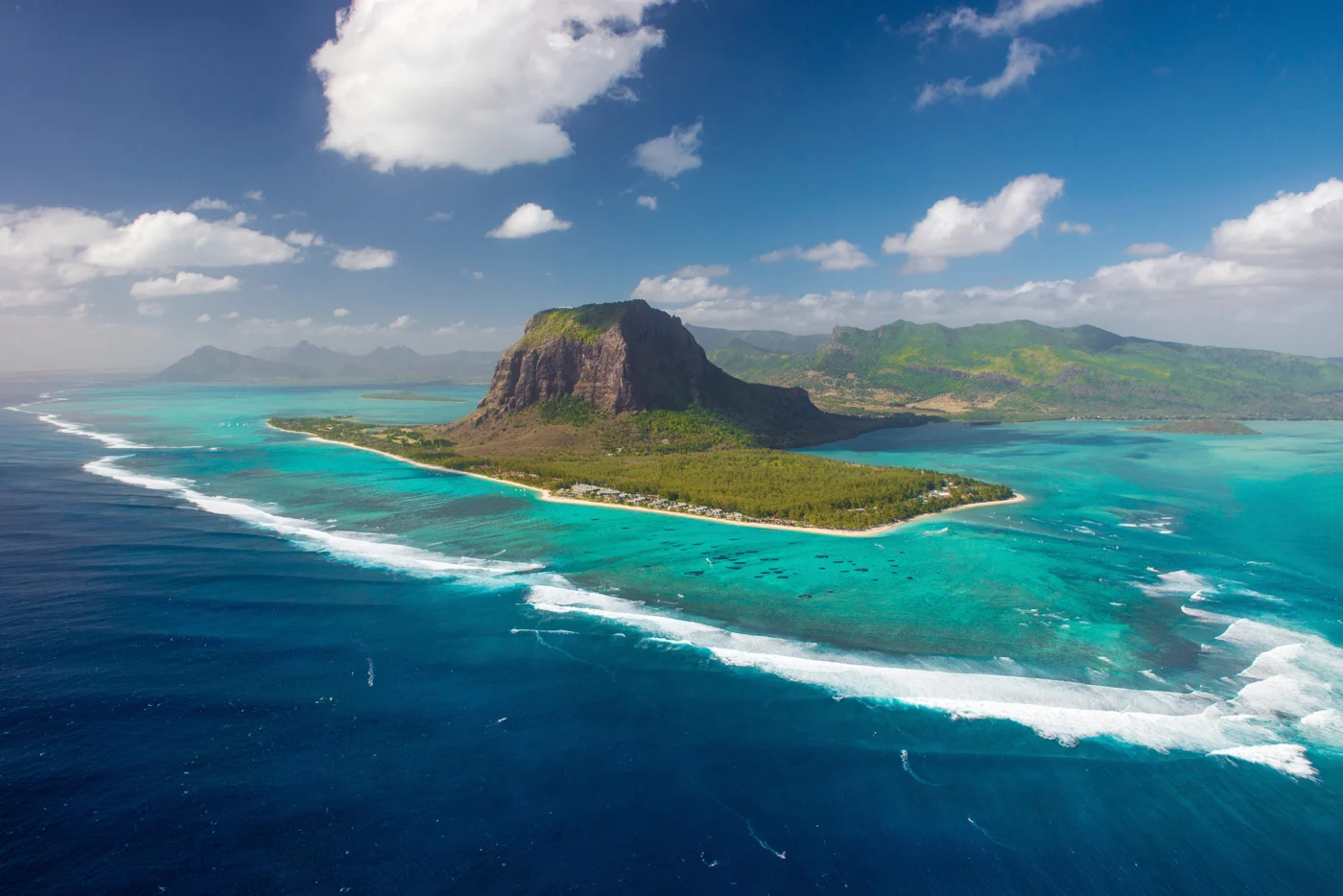






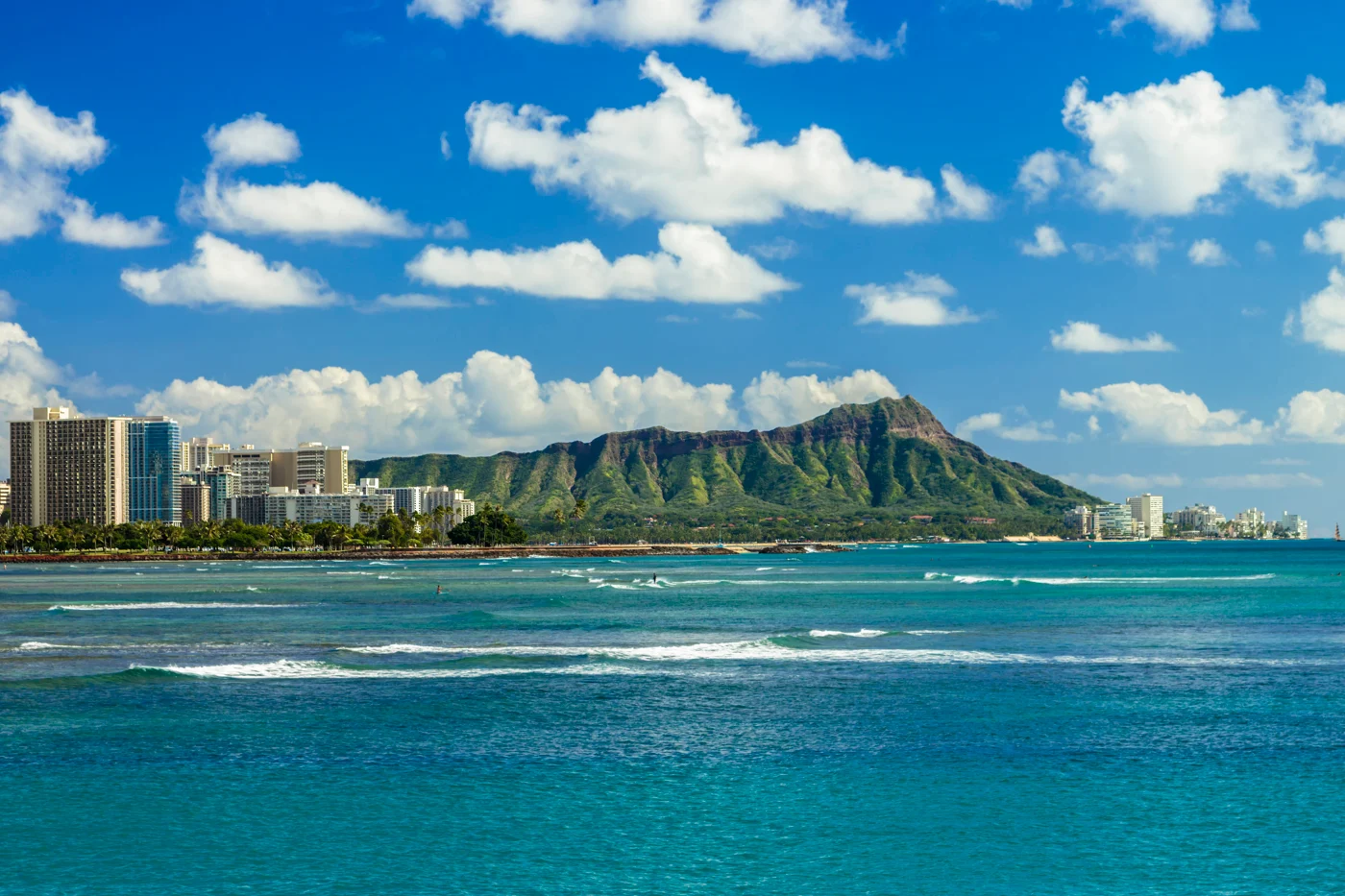
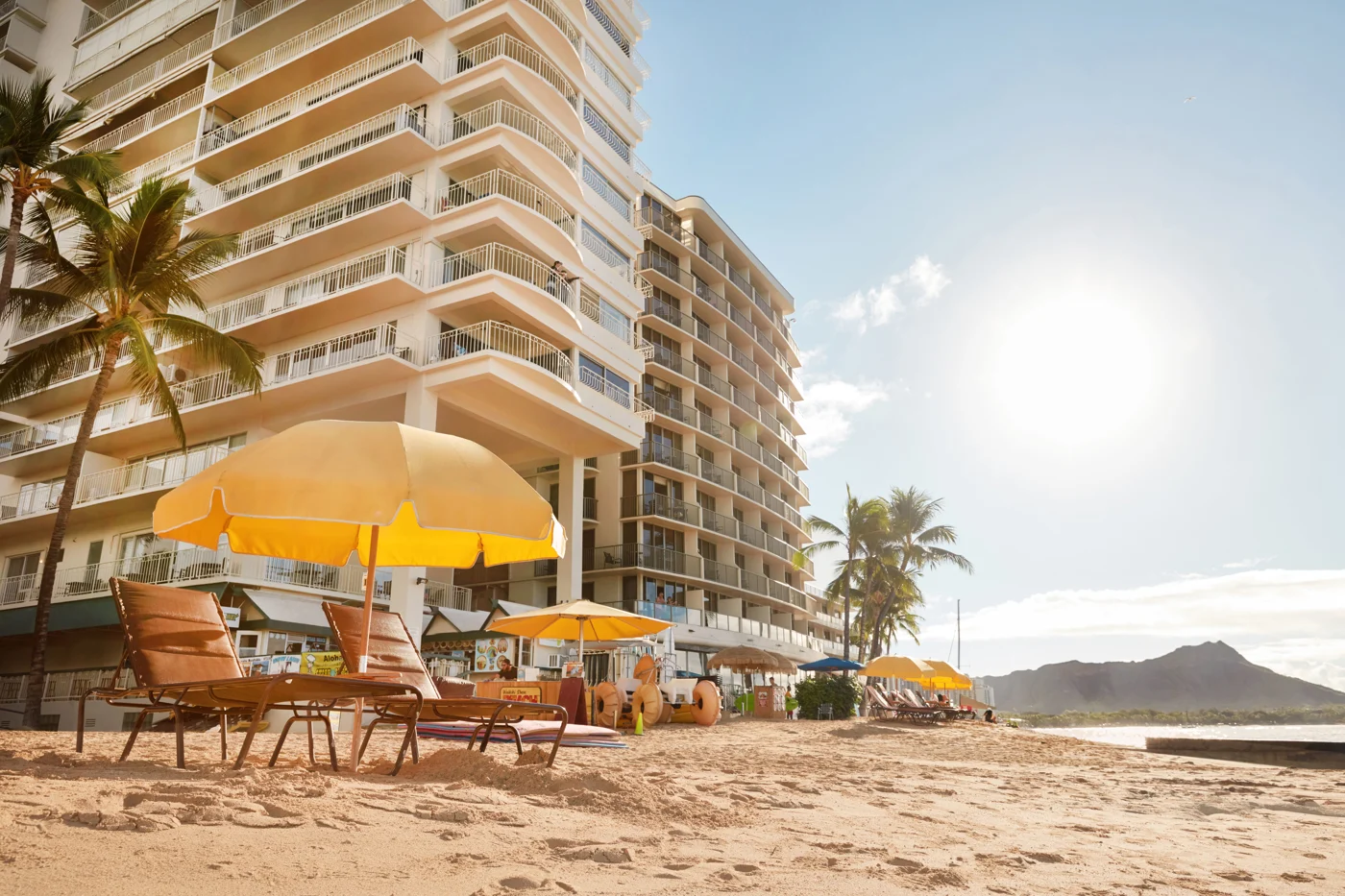


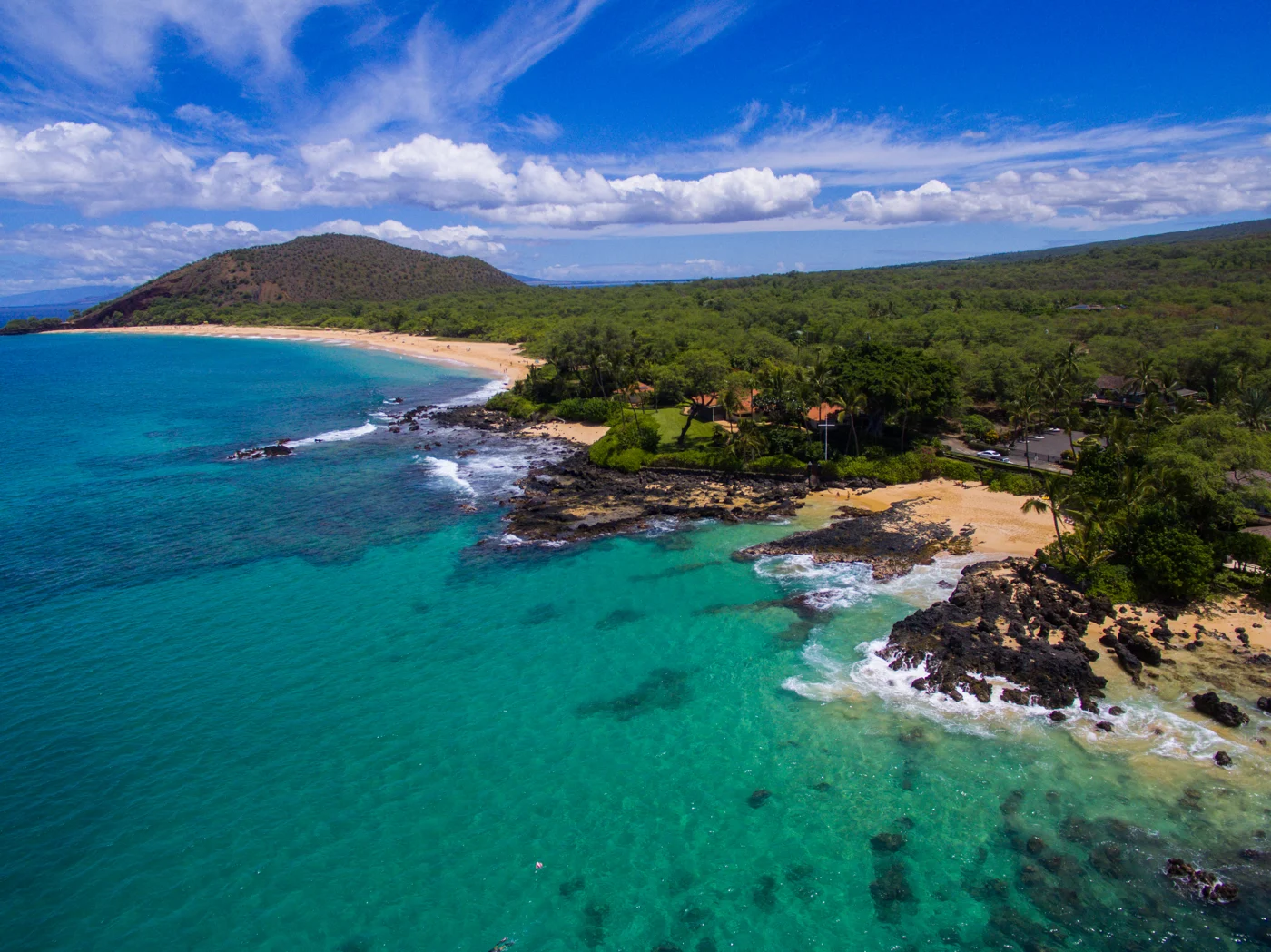

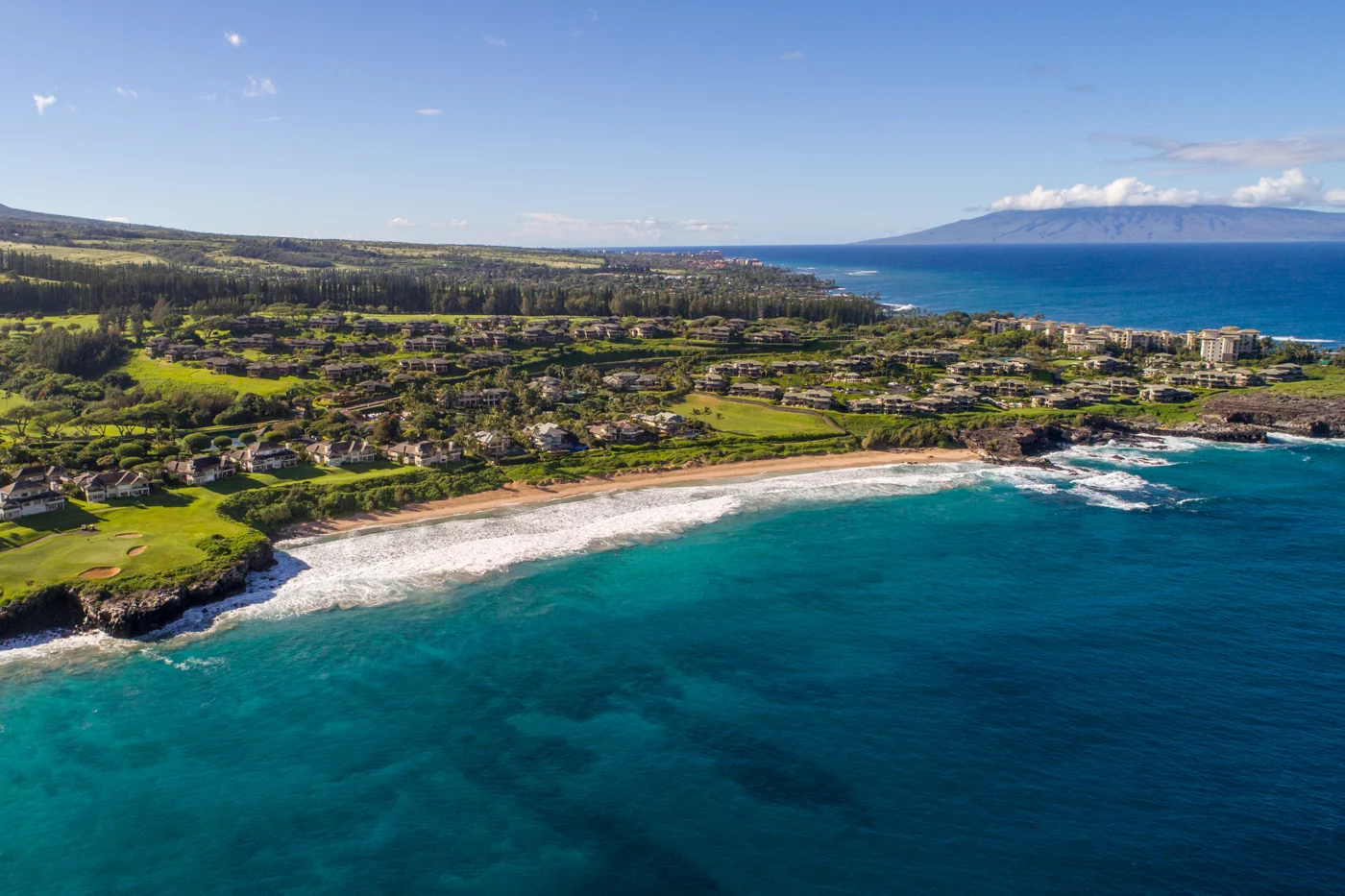
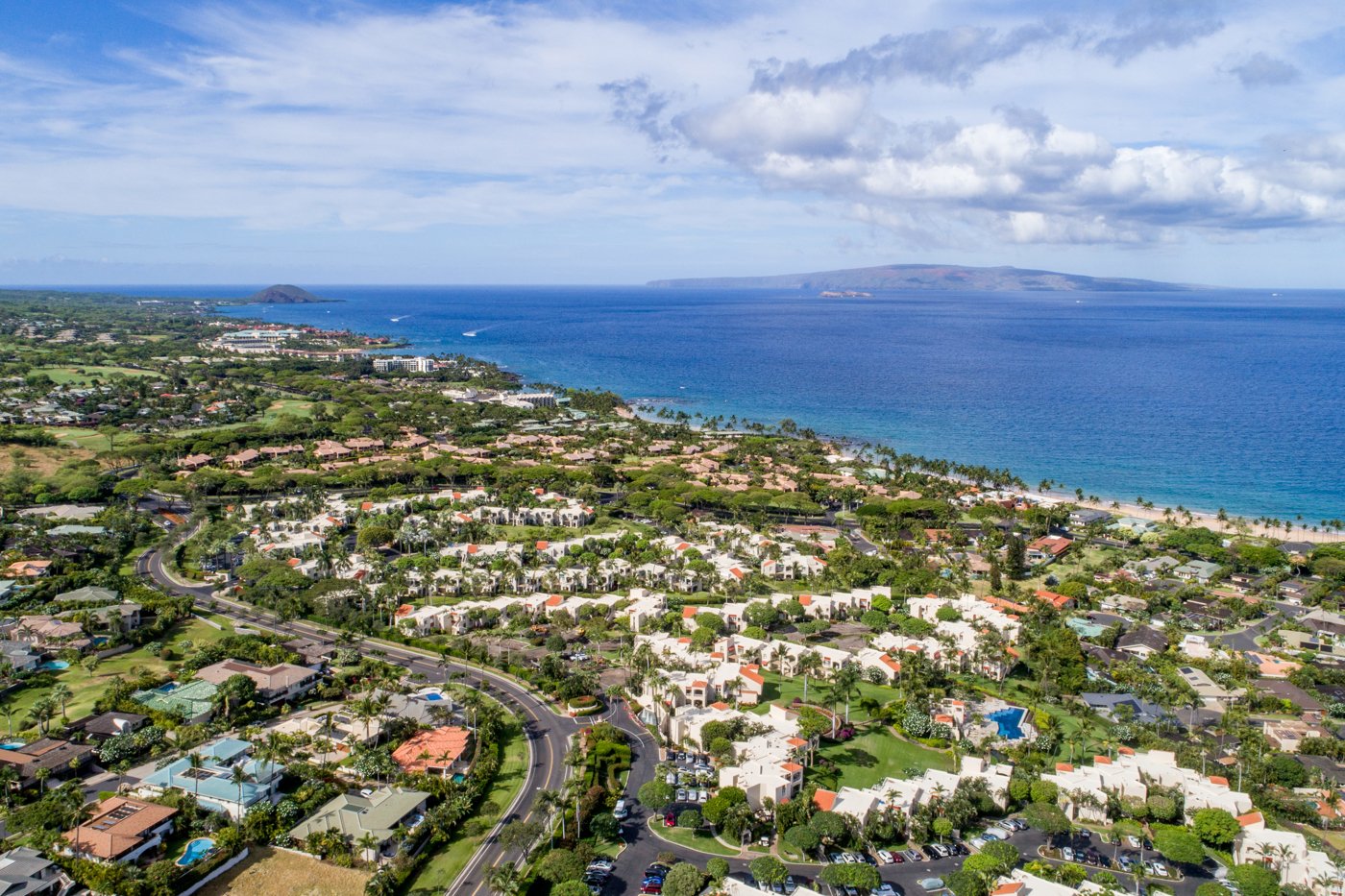
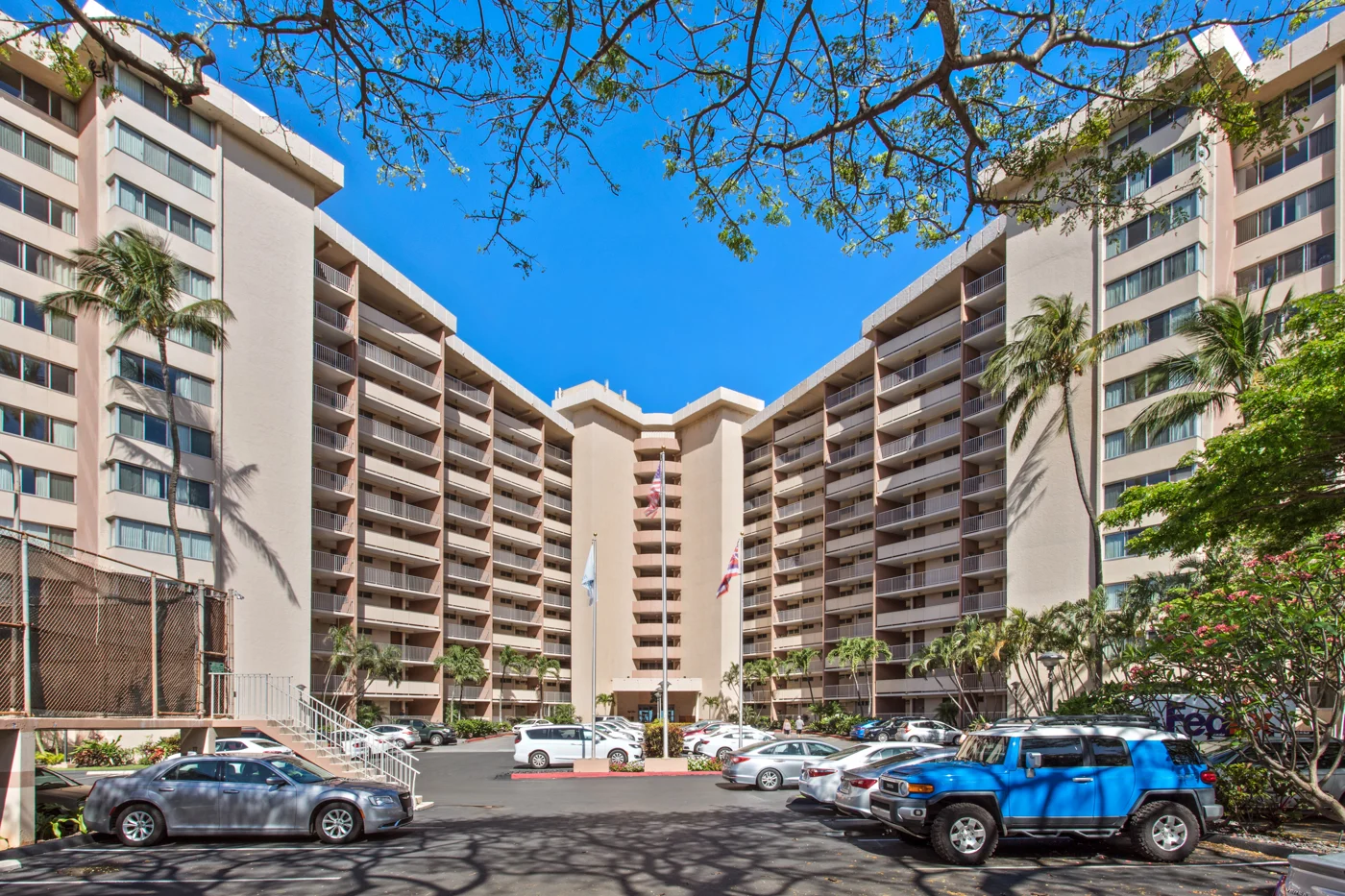
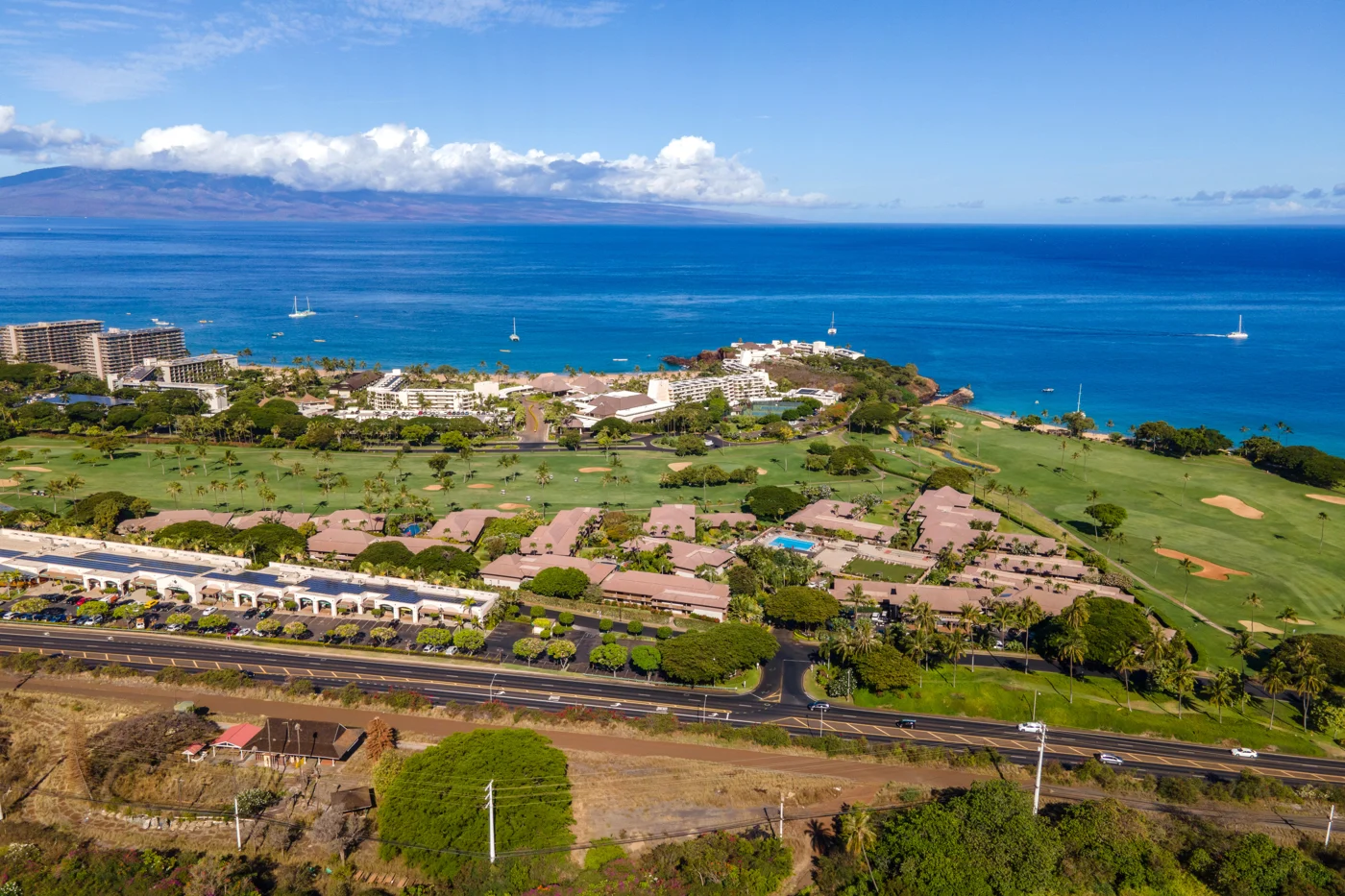


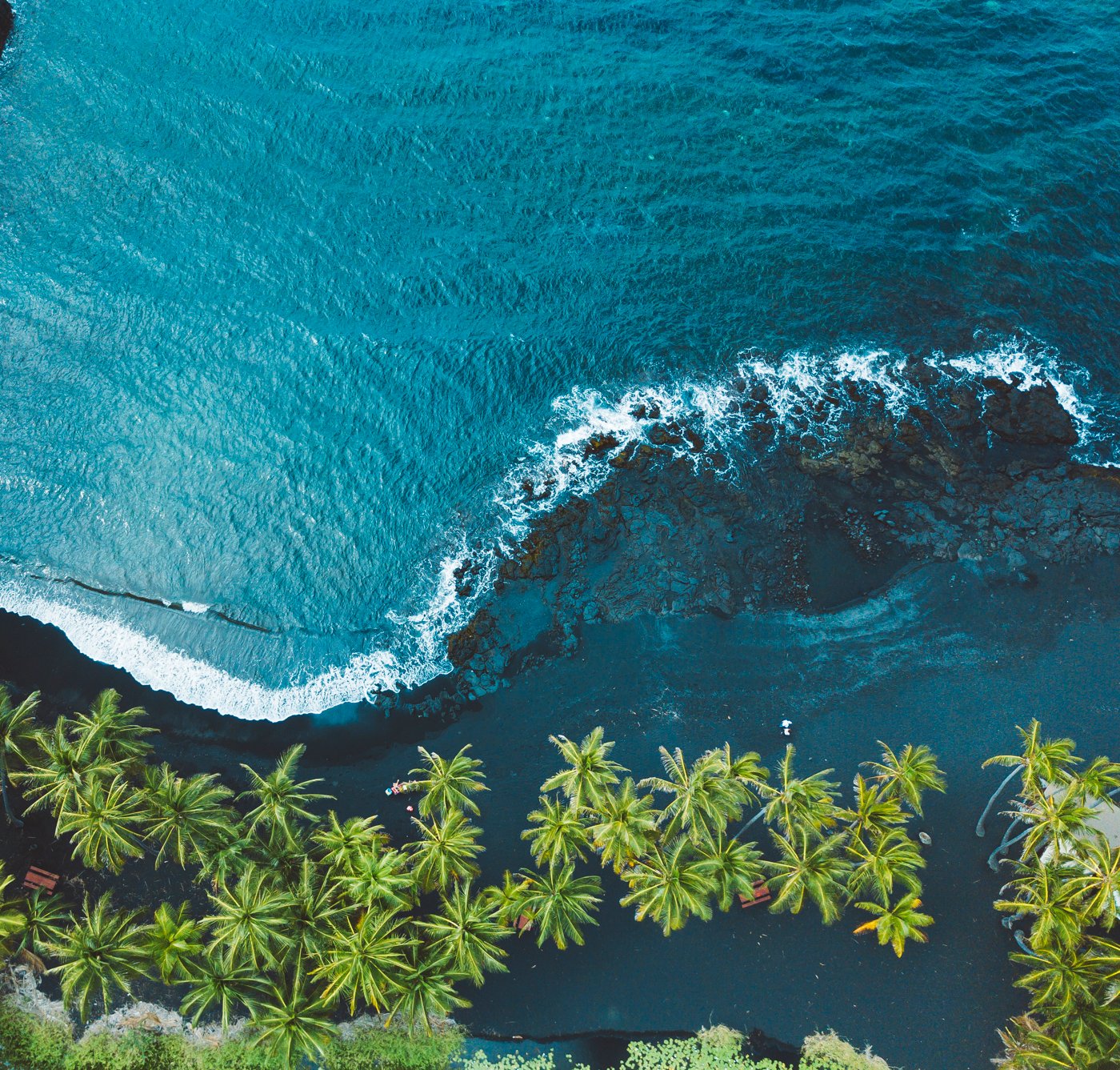
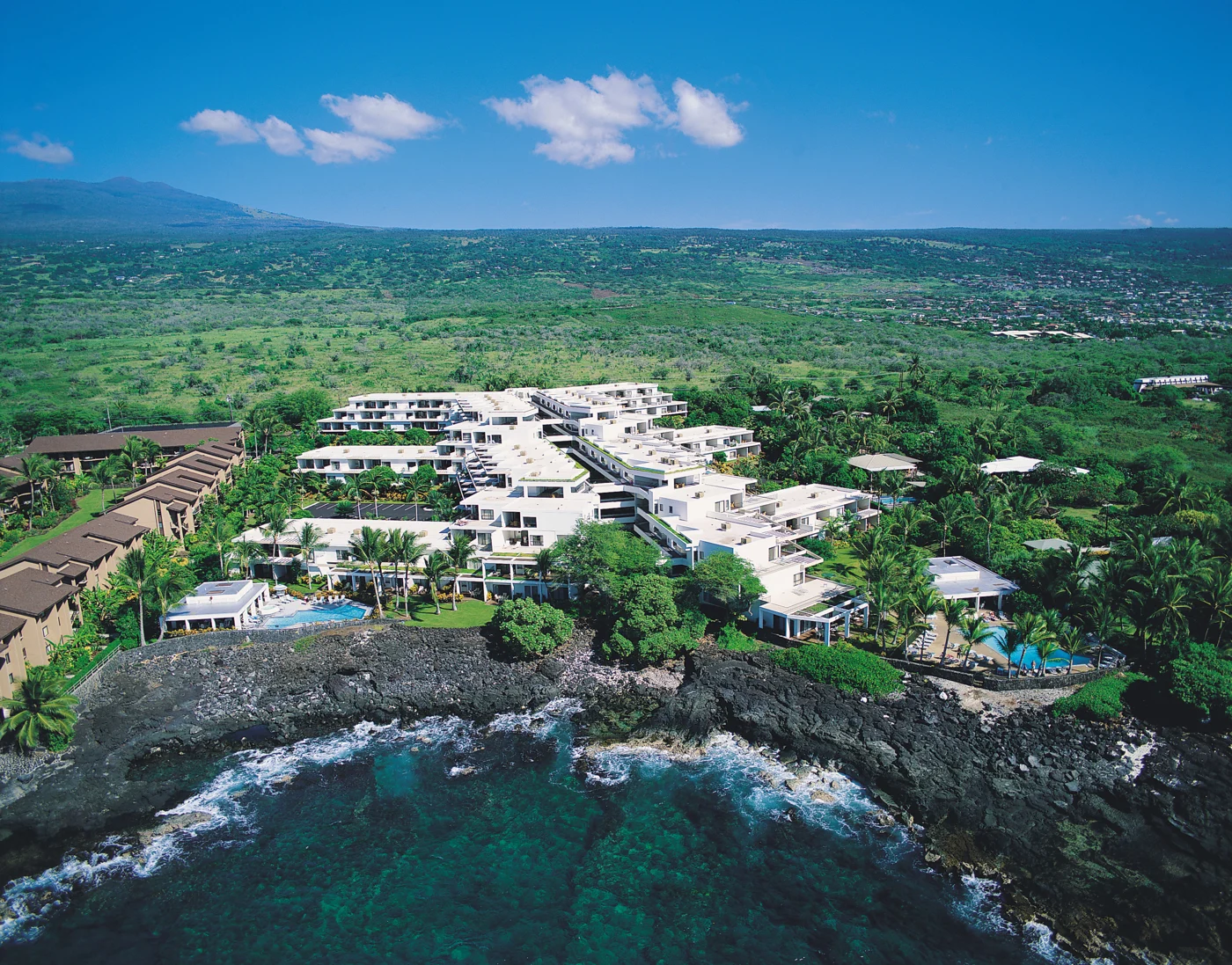

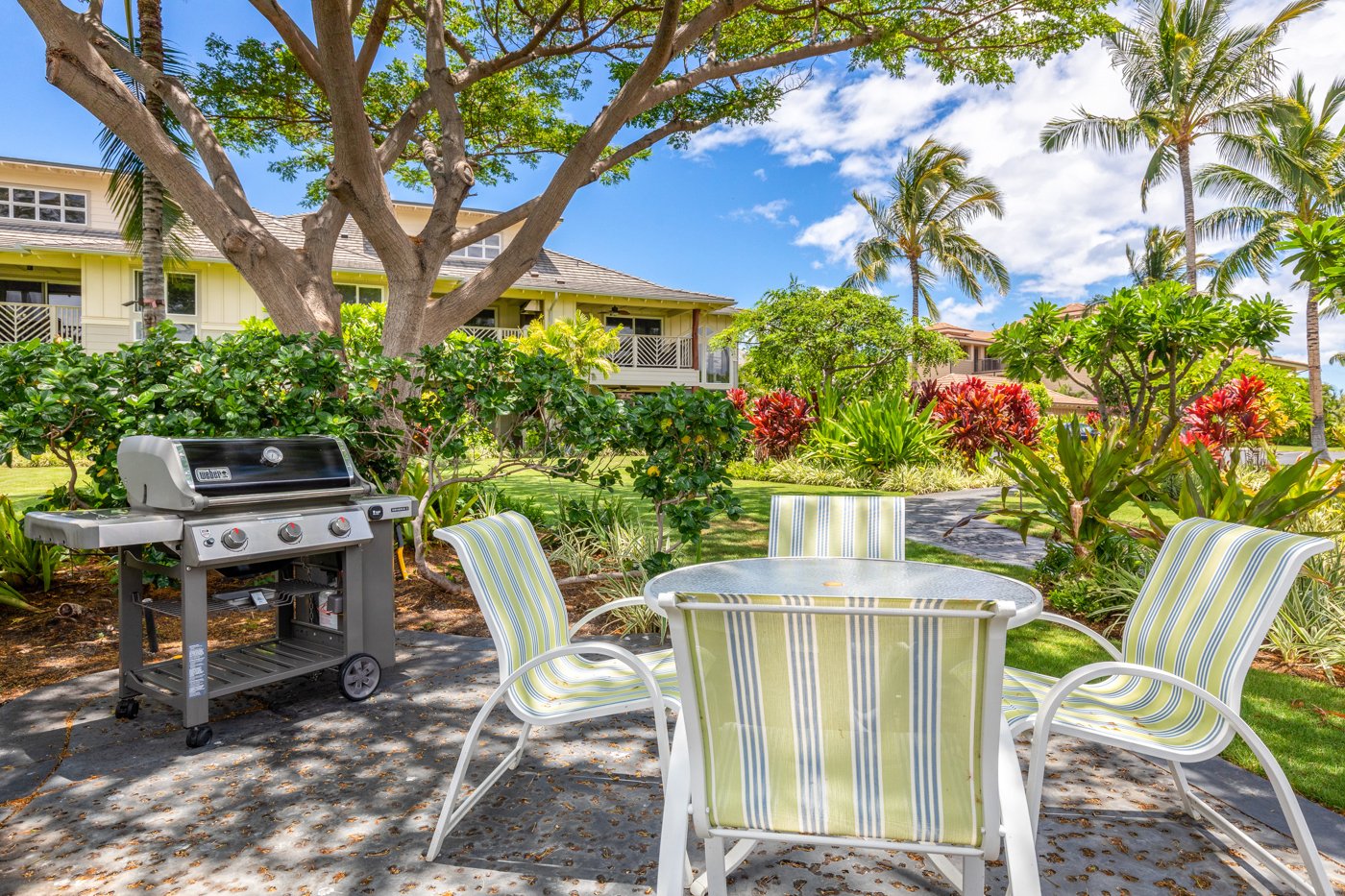

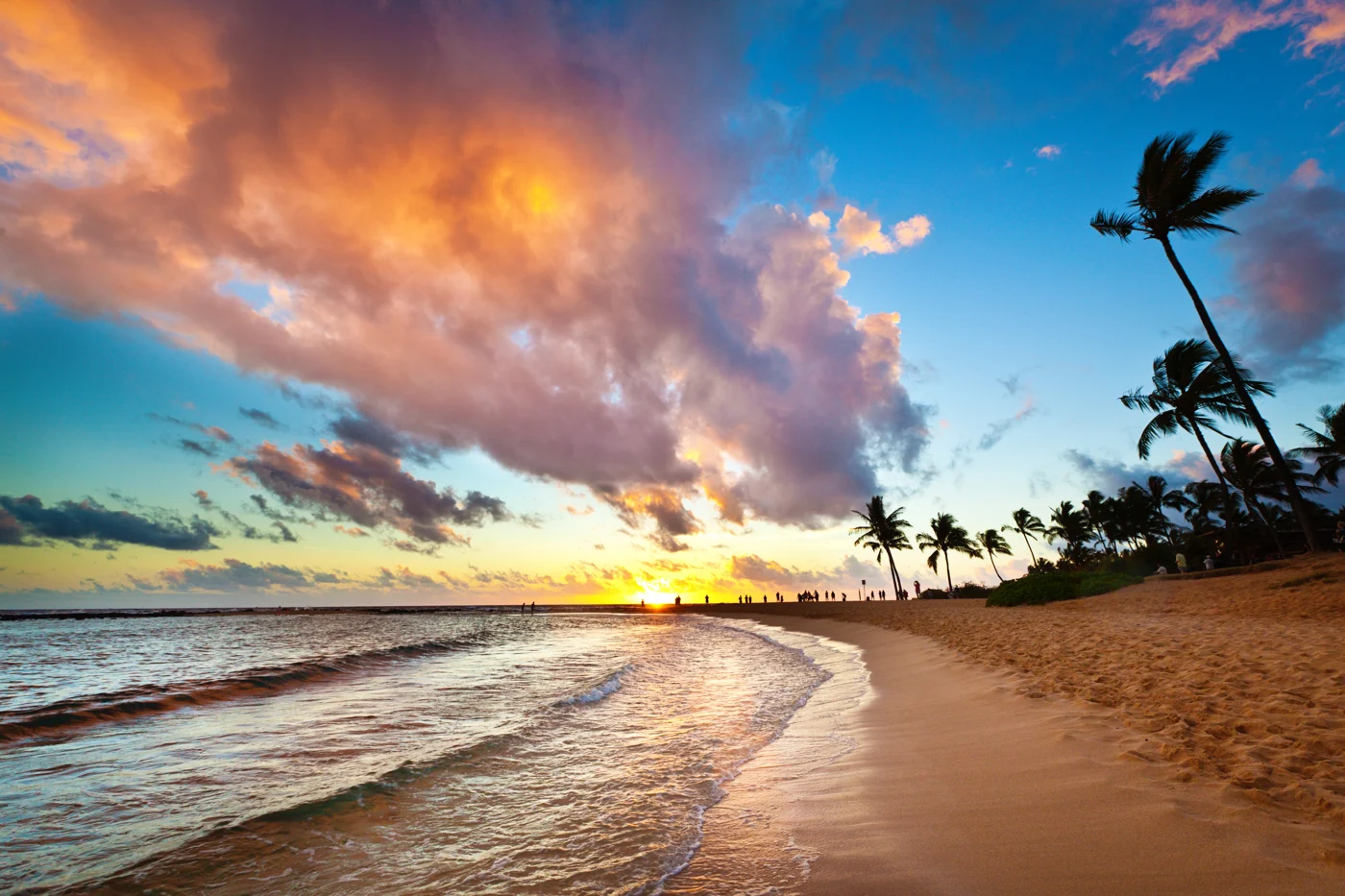





Rooms up to 25% off!
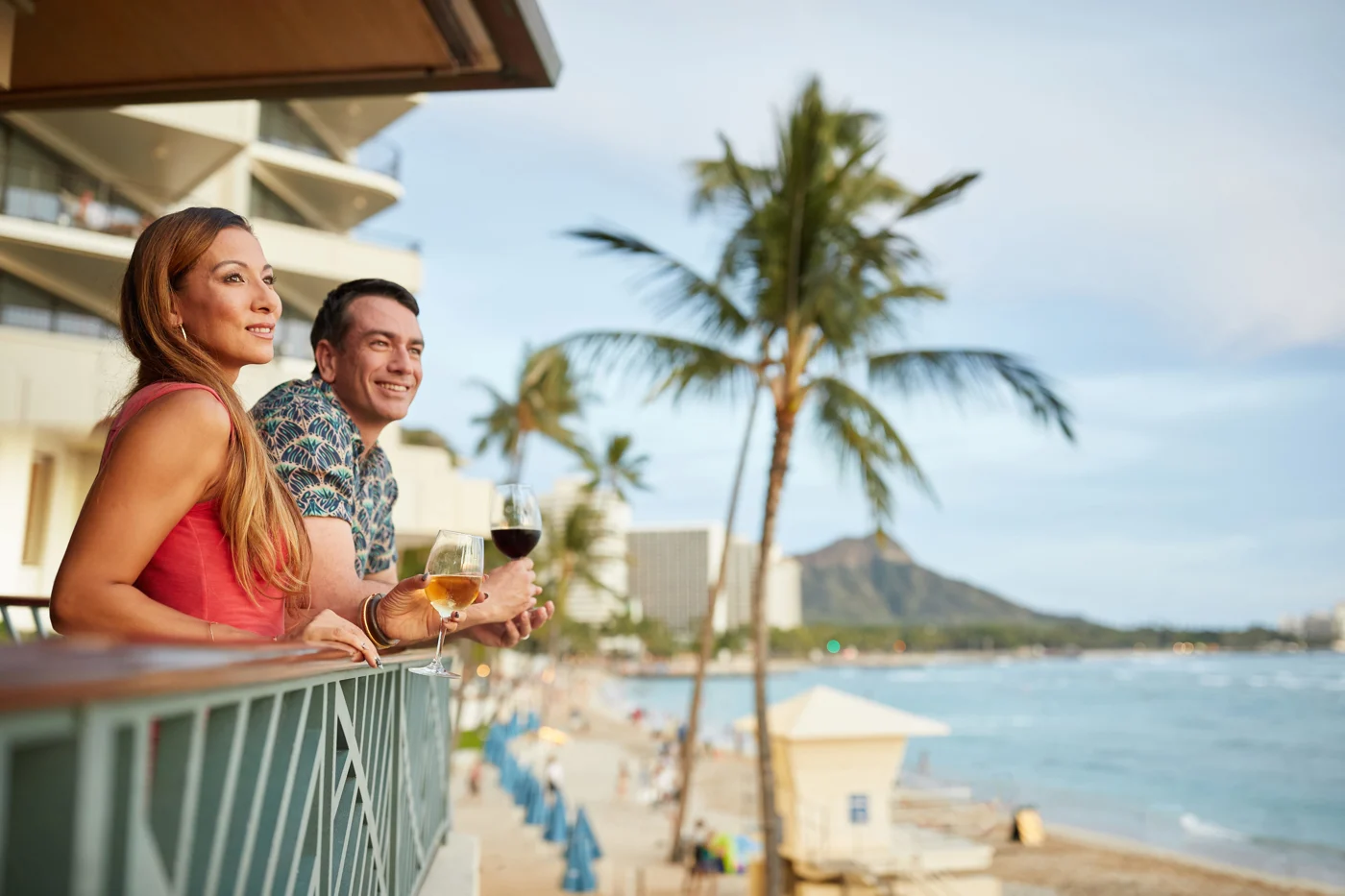

Loyalty member offers

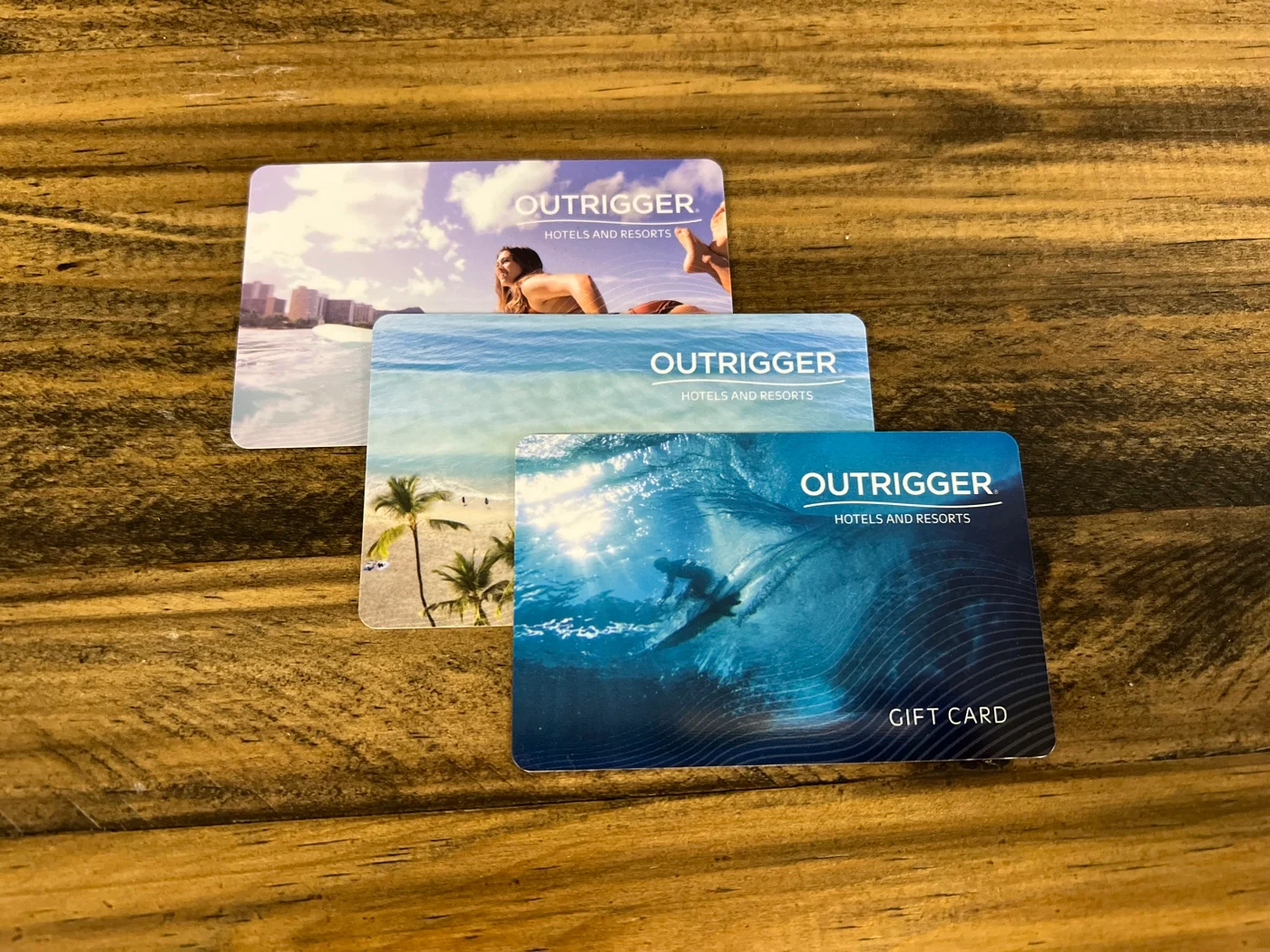
Gift Cards
Rewarding OUTRIGGER DISCOVERY benefits
- Enjoy exclusive member-only room rates and carefully curated experiences and local offers
- Earn DISCOVERY Dollars (D$) to spend towards your stay, or however you like!
- Use your benefits at more than 800+ resorts and hotels around the world
- Elite tier members earn more D$ and get perks like room upgrades and early check-in
- Free and easy to join!

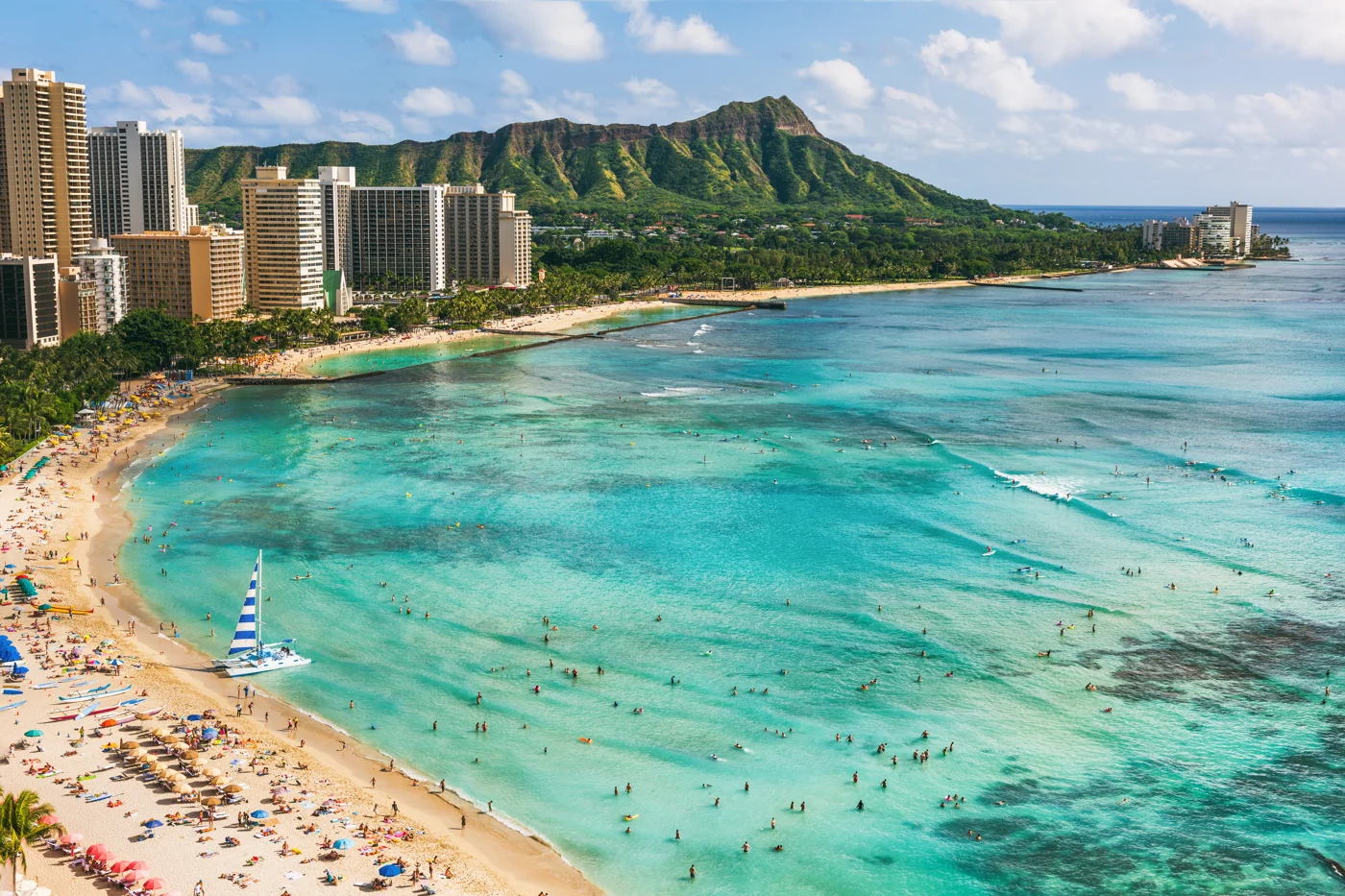


OUTRIGGER Kāʻanapali Beach Resort
Kauluhiwaolele
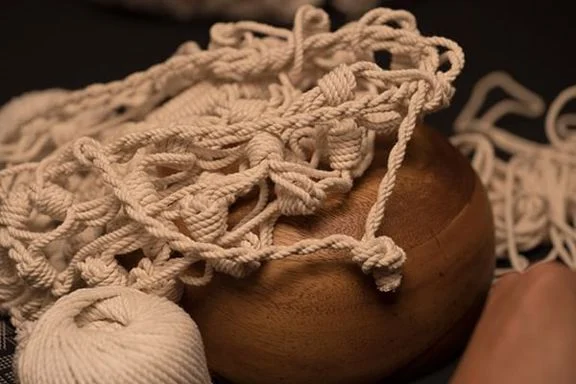
Kauluhiwaolele Maui Fiber Arts Conference recognizes the multiple ways we utilize Hawaiian plant material. Leaves, bark, sedges and roots are just some of the fibers used to weave, twill, twine and knot into precious creations. Kauluhiwaolele speaks to the esteemed groves from which we gather the fibers to fashion our traditional crafts and the increasing practice of these precious arts in Lāhainā. The pū hala (pandanus tree) is celebrated as an important part of every Hawaiian family in our woven mats, pillows, baskets and the sails that brought our people on canoes across the Pacific. ʻIeʻie is an endemic woody, branching climber (Freycinetia arborea) which is made into the finest baskets, fish traps, and as a sturdy framework for other crafts. Kōkō is the practice of knotting sennit to create nets and calabash net-carriers. Kapa is cloth made from the bark of the wauke (paper mulberry) plant.
The conference will consist of four days of intense instruction in these weaving crafts by 20+ of our kumu (master practitioners) from throughout Hawaiʻi. Ceremony and protocol set the tone for learning, sharing, and fellowship enhanced by panel discussions, huakaʻi, mini-workshops and an event dinner. Local favorites will be served at the culminating celebration, and students are encouraged to wear or display items they created throughout the conference.

Meredith Buck
Meredith is a Kumu Ulana Lauhala, sewist, and craftswoman living in Hōlualoa Ehā, Moku o Kona, Moku o Keawe - Kanaka Maoli ancestral lands. Originally born and raised outside of Washington DC, Meredith's ancestral Japanese and Portuguese roots brought her back to Hawaiʻi as a fifth generation descendant of plantation workers. She started weaving in May 2017 at Ka Ulu Lauhala O Kona weaving conference, out of curiosity and reverence for this cultural practice. She took quickly to the craft, fashioning bracelets, mats, baskets, purses, and water bottles. Through the guidance of her kumu ulana, Meredith rapidly progressed and made her first pāpale in October 2018. She was named Kumu in May 2021 by three of her Kumu Ulana; Barbara Watanabe, Karen Hasegawa, and Iliahi Anthony.

Caroline Affonso
Caroline was born in Honolulu and now resides in Kapahulu, Oʻahu. She is a retired social worker with public safety and presently engages in “life, love, laughter and ulana, ulana, ulana!” Caroline has been weaving since 1998 with Gladys Kukana Grace. When she weaves a pāpale for someone special, she can hear Aunty Gladys saying, "Think of the person as you ulana…"

Karen Hasegawa
Karen is from Kona, Hawaiʻi. Her grandmother was a weaver as well as her mother so weaving is in her blood. As a child, she remembers watching them weave and later learned to weave from her mother Daisy Hasegawa. She also learned weaving from Josephine Fergerstrom, Ed Kaneko, and Jim Skibby. She learned the crownless hat from Aunty Josephine.
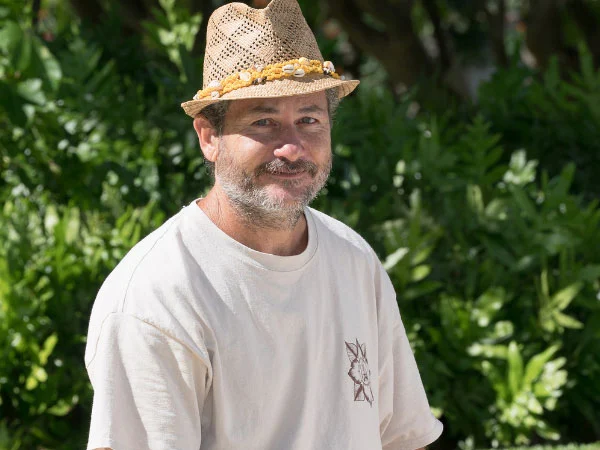
Pohaku Kahoʻohanohano
Pōhaku Kahoʻohanohano comes from a lineage of lauhala weavers from Kahakuloa, Maui. As a young adult he began his journey of apprenticeships with seven mentors and immersed himself in the art of lauhala weaving. He is now a master weaver dedicated to sharing his skill with others. He is excited to bring weavers to the island of Maui by co-chairing this conference.

Kuʻuipo Kalahiki-Morales
Kuʻuipo first learned traditional Hawaiian weaving as a child and has been an instructor of Hawaiian arts for over 18 years. She spent her childhood in Koʻolau Poko, Kahaluʻu, Oʻahu. Her Tutu Lady was a weaver of lauhala and like the weavers of old, had a pū hala growing outside her home. It was there that the deep love of weaving was sparked and burns strong to this day.

Ed Lum
Ed's passion for Hawaiian weaving began when he started weaving with lauhala in 2017 under the guidance of Kumu Pōhaku Kahoʻohanohano. At the Ola I Ka Pūhala conference in October 2018, he was introduced to ʻieʻie with nā Kumu Kumulāʻau and Haunani Balino-Sing, and he has been studying with them ever since. At Kauluhiwaolele 2019, he was selected to become a kumu at the next conference.

Marques Hanalei Marzan
Marques is a Hawaiian fiber artist born and raised in Kaneʻohe, Oʻahu. He has learned and trained under noted experts in Hawaiʻi and continues to broaden his knowledge base of indigenous Pacific perspectives. He currently serves as Cultural Advisor at the Bishop Museum and shares his understanding and passion of the fiber arts through presentations, demonstrations, and workshops.

Pualani Muraki
Pualani was born in Lehuʻula and resides at Holualoa makai, Kona. Weaving since birth, her first kumu was her beloved mom, Frances Kia Agustin. Her other kumu include: Mrs. Uemura, Ginger Alexander, Kia Fronda, Maile Baird, Debbie Toko, Margaret Lovett, Debbie Tuzon, and Pohaku Kaho'ohanohano. Pualani is inspired by a beautiful day gathering hala.

Marcia Omura
Marcia was born and raised on Oʻahu and still resides in Niu Valley. She started hat weaving in 1980 with Gladys Kukana Grace and continued to weave with her until her passing in 2013. Marcia loves handling pāpale lauhala samples of old, looking at old photos and movies so that she can learn from them and try to replicate what she has experienced.

Lynda Saffery
Lynda received her formal training in ulana lauhala as an apprentice under a 1988 State Foundation on Culture and the Arts grant. In 1989 she participated in a Masters Grant for ulana lauhala under the State Foundation on Culture and the Arts. Lynda took a sabbatical to Tonga in 2002 where she studied weaving, as well as kapa making and design. She enjoys sharing her knowledge of traditional ways.

Stacie Segovia
Stacie started weaving in 2010 with Kumu Gwen Kamisugi and shortly after also learned to weave from Kumu Pohaku Kahoʻohanohano. Stacie has also learned from Margaret Lovett and Barbara Watanabe. After 3 years, Aunty Gwen asked Stacie to help her make the kits and to help teach the ulana lauhala classes. In 2016, Aunty Gwen with the consent from Kumu Pohaku had requested that Stacie continue her teachings and to always continue to perpetuate the art of ulana lauhala. Stacie spends Saturdays planting and caring for Puhala at various locations. She teaches the haumana of Nā Lālā o Ka Pūhala and also offers weekly classes at Na Kupuna Makamae and at her home. Stacie’s dream is to attend cultural events where everyone is wearing a traditional papale lauhala!

Kal Shibata
A native of ‘Aiea, O’ahu, Kal Shibata began his weaving journey in January 2014 when he and his wife took the Ulana Me Ka Lokomaikaʻi (UMKL) Club's Pāpale Class for their anniversary. After retiring from the Army the following year, he devoted most of his time to learning from different Kumu throughout Hawaiʻi. However, he credits his foundational knowledge to his Kumu, Marcia Omura. He began teaching weaving after he was encouraged by UMKL Founder, Uncle Frank Masagatani, to teach lauhala and loulu and to learn and perpetuate other fiber weaving as well. Uncle Frank also encouraged him to focus on the younger generation, so he has volunteered at several hālau hula and numerous public schools on Oʻahu, as well as Hālau Kū Mana Charter School and Punahou since 2017. While the COVID-19 pandemic has prevented large gatherings, he has followed State and county guidelines to continue teaching his students in small groups each week. He is married to a fellow weaver enthusiast and they have one son.

Dee Shimabukuro
Dee is from Honokaʻa, Hawaiʻi. She began weaving in 1972 in classes sponsored by Queen Emma Civic Club and was taught by Elaine Mulaney. After a break from weaving, she continued in 1999 with an apprenticeship under Lily Sugahara through the State Foundation on Culture and Arts Program. She enjoys sharing what she has learned just as nā kumu before her did.

Lloyd Kumulaʻau Sing and May Haunani Balino-Sing
Kumulāʻau and Haunani are passionate Hawaiian cultural educators who combined have over 40 years teaching in the community. Mentored under the guidance of master weaver Raymond K. Nakama, Kumulāʻau has mastered the art of ulana ʻieʻie, and over the years taught Haunani to weave ʻieʻie rootlets to recreate the many beautiful forms attributed to this style of weaving. Working a business together as Ke Kumu Hawaiʻi, the Sings continue to teach haumāna of all ages ulana ʻie and other Hawaiian material culture arts.

Dalani Tanahy
Dalani Tanahy is a native of San Diego, California with maternal roots in Maui, Molokai and Moku O Hawaii and has lived in Makaha, O`ahu since 1986. Her kapa journey began in 1994 with a tool-making class from Kumu Kawai Aona-Ueoka and Kumu Valentine Ching. She planted the baby wauke given to her by na kumu and then with research, aumakua inspiration and DNA, attempted to make kapa. In 1996 she was hired by Ka`ala Farm Inc. to teach kapa to keiki in the schools. Although she, regrettably, never had the chance to train with the other known kapa makers at the time, they were and are, an influence and sister/brotherhood of practitioners. Since 2008 Dalani has had her business, Kapa Hawaii LLC where she continues her cultural and professional work as a kapa practitioner, wauke farmer, artist and kumu.

Debbie Toko
Debbie was born in Sagamihara, Japan and now resides as a part time taro farmer in Waipiʻo Valley, Hawaiʻi. She is a healer, practitioner of acupuncture and massage therapy. She began weaving lauhala in 1998 with Kia Fronda. Her kumu were Margaret Lovett, Gladys Grace, Elizabeth Maluihi Lee, Peter Park, and Pohaku Kahoʻohanohano.

Ipolani Vaughan
Hailing from an ʻOhana of noted weavers from Kīpahulu/Hāna, Maui, Kumu Ipolani Vaughan began weaving under the auspices of Master Weaver Gladys Kukana Ontai Grace who was born in Kona on the island of Hawaiʻi. Ipolani is also a well-known Kumu ʻŌlelo Hawaiʻi, Kumu Hula, Kumu Ulana, and Hawaiian cultural specialist and preservationist. She is most noted for ʻeke/pahu hapai lauhala in a fine weave for the storage and carrying of precious possessions. Kumu Ipolani continues the traditions of her Kumu Aunty Gladys, hoping to instill in this new generation the "waiwai" (values) of the art of ulana lauhala that have been passed down by our kūpuna. In the words of her beloved Kumu, Aunty Gladys:
"E nānā ka maka, e hoʻolohe ka pepeiao, E hana me ka lima." (Look, Listen, and Do!)
E ULANA KĀKOU!

Barbara Watanabe
Barbara was born and resides in Kona, Hawaiʻi. As a child she learned to weave baskets, fans, and lauhala house slippers from her grandmother. Barbara has been weaving pāpale with Ed Kaneko, Jim Skibby, and Josephine Fergerstrom for the past 8 years and is grateful for the knowledge that has been passed down to her.

Margaret Lovett
Margaret resides in Kapaʻa on the island of Kauaʻi. She has been weaving lauhala for 30 years and feels lucky to have had learned from master hat weavers Esther Makuaʻole, Elizabeth Lee and Gladys Grace. Margaret has a passion for teaching lauhala weaving and loves to create pāpale for people to wear and for exhibition.

Kekai Kapu
Kekai has been an artisan and cultural practitioner for the past 25 years. Married for 40 years, he and wife Colleen are blessed with 4 children and 19 grandchildren. Kekai has roots on Maui and currently resides in Kula, Maui. Both Kekai and Colleen are skilled crafters, teachers and experienced weavers working with ʻaha, lauhala and ʻieʻie making hīnaʻi, fish traps and jewelry.

Mission
The mission of Kauluhiwaolele Maui Fiber Arts Conference is to increase the number of community-based educators and resources by inviting students from around the world to learn from master practitioners.
Vision
Kauluhiwaolele Maui Fiber Arts Conference is a four-day event where 150 students will learn from 20+ master practitioners of hala, ʻieʻie, kōkō puʻupuʻu, makaloa, and kapa. Students will have the opportunity to participate in ceremony, protocol, and huakaʻi to contribute to the restoration and conservation of raw weaving materials on Maui. Presentations from community agencies and panel discussions led by master practitioners will accompany the festivities. An event dinner with pūpū, live music, silent and live auction, and Hawaiian craft fair open to conference attendees and the general public will be the culminating celebration of the conference.
